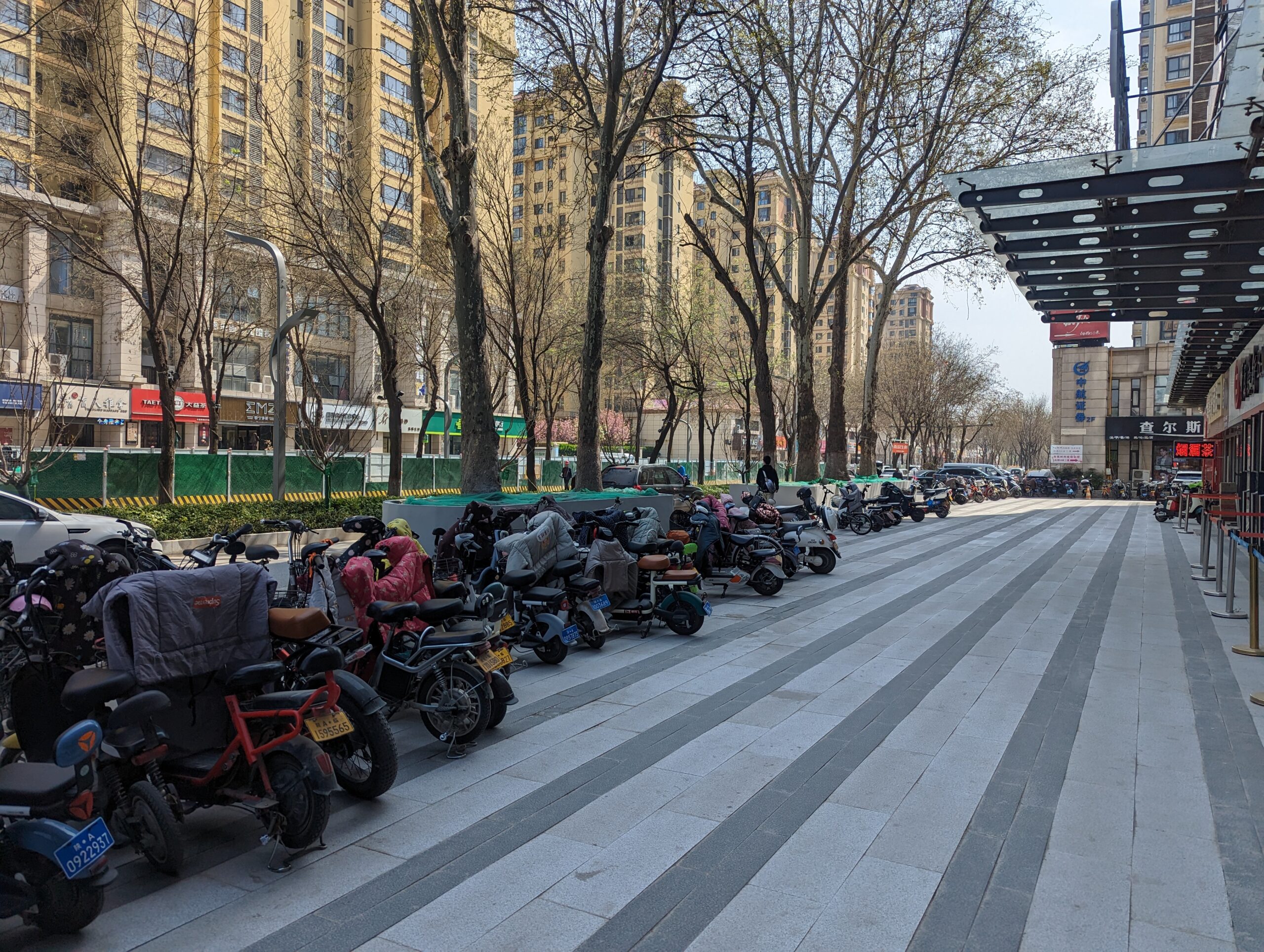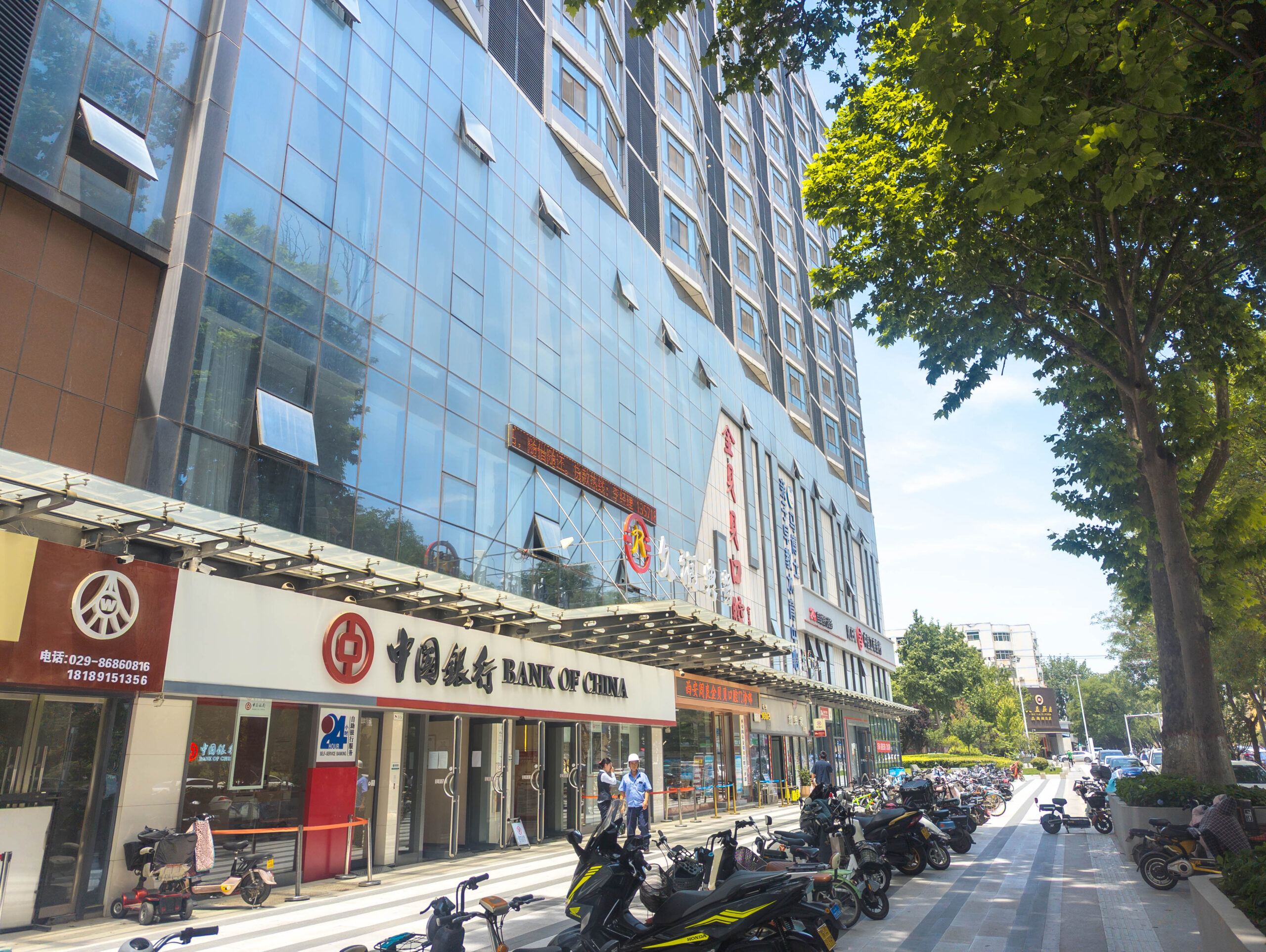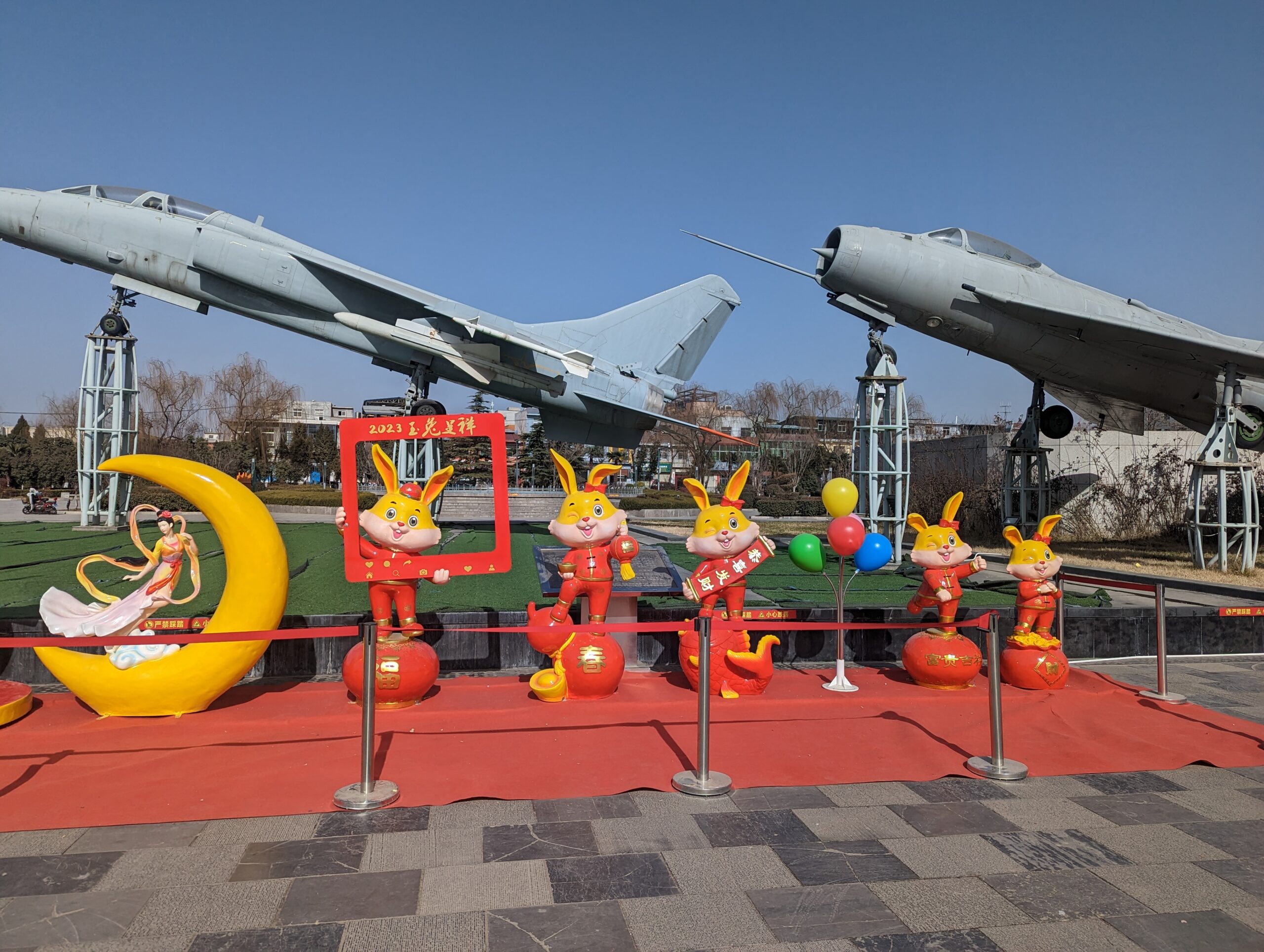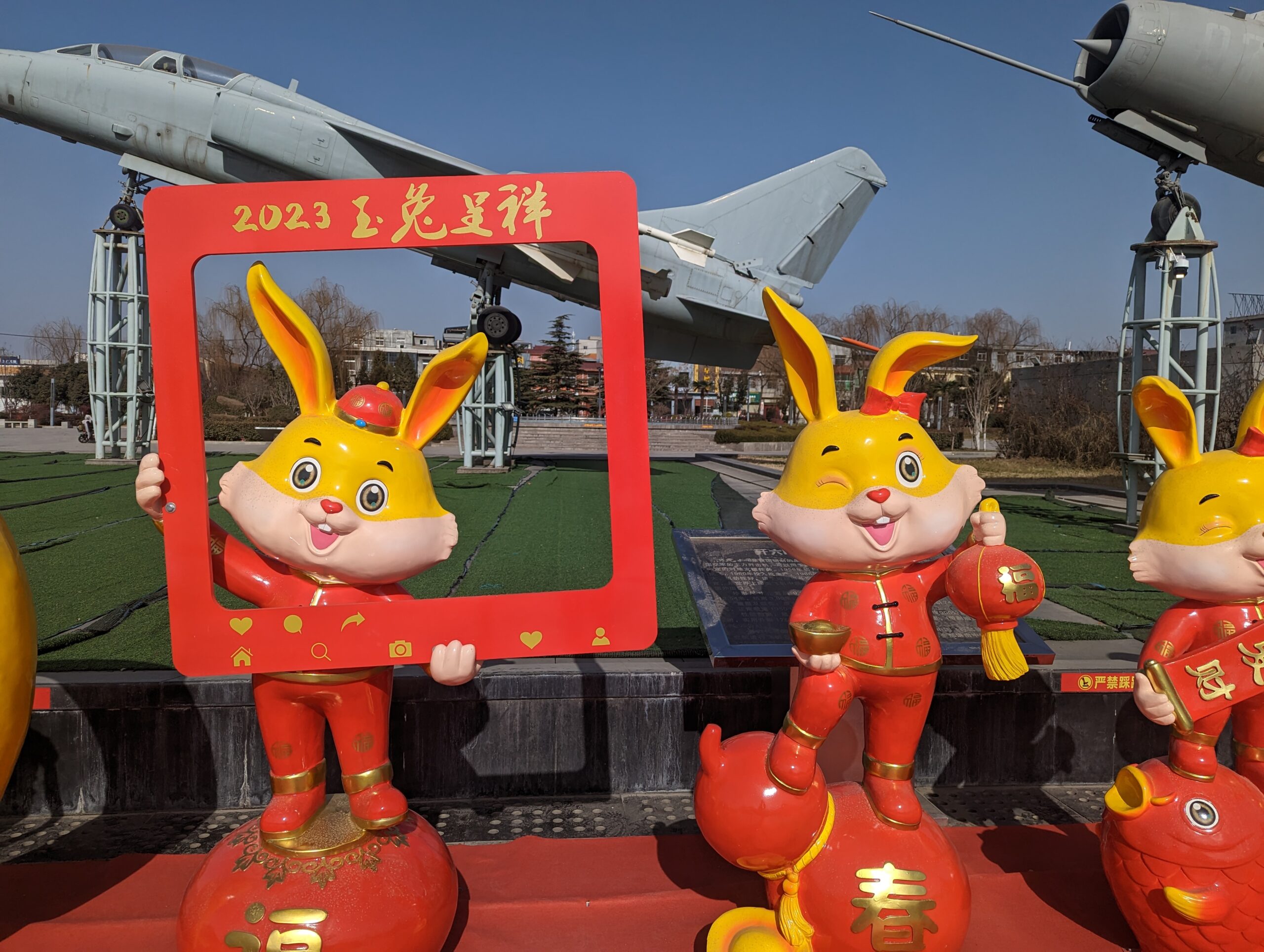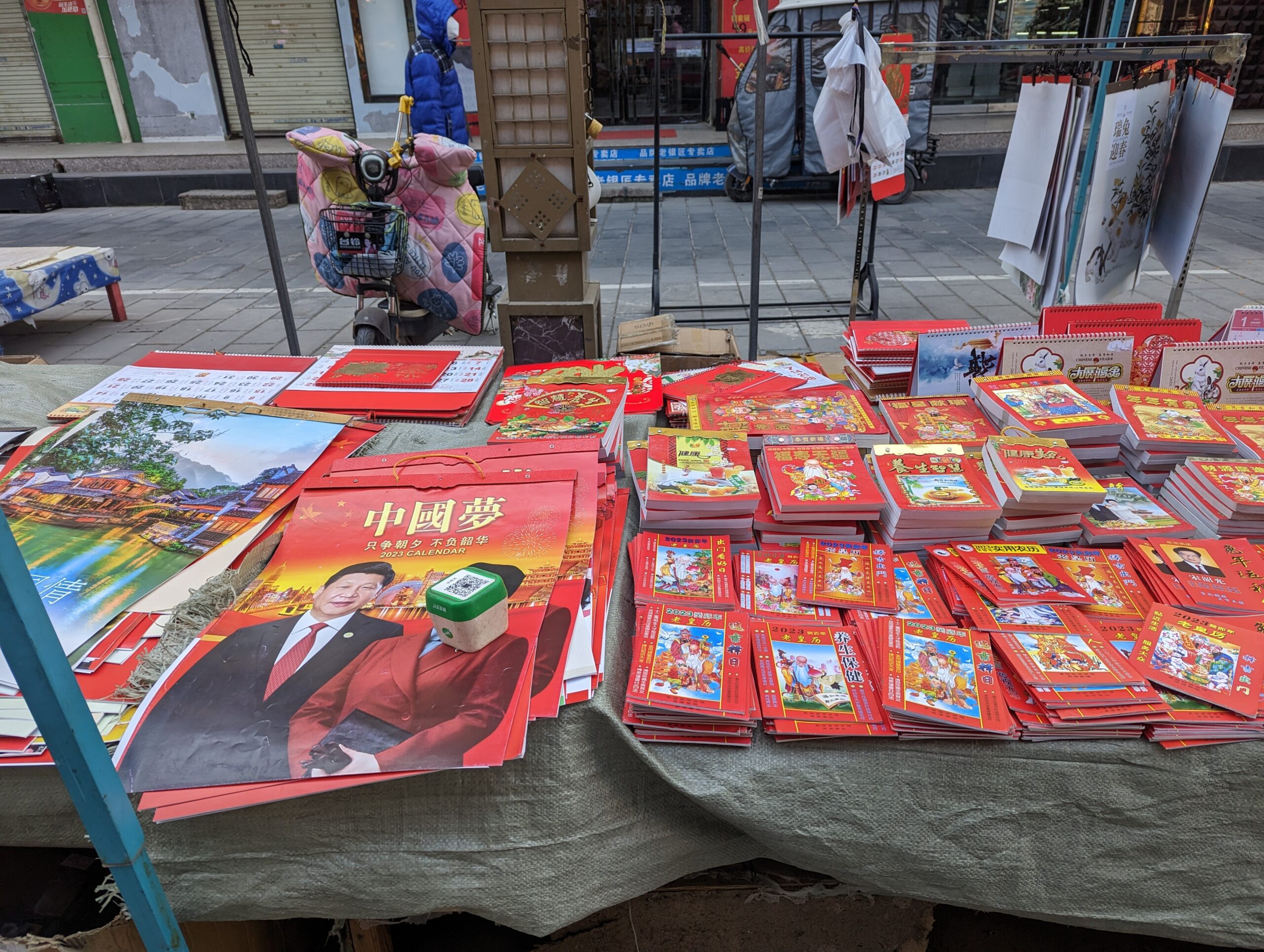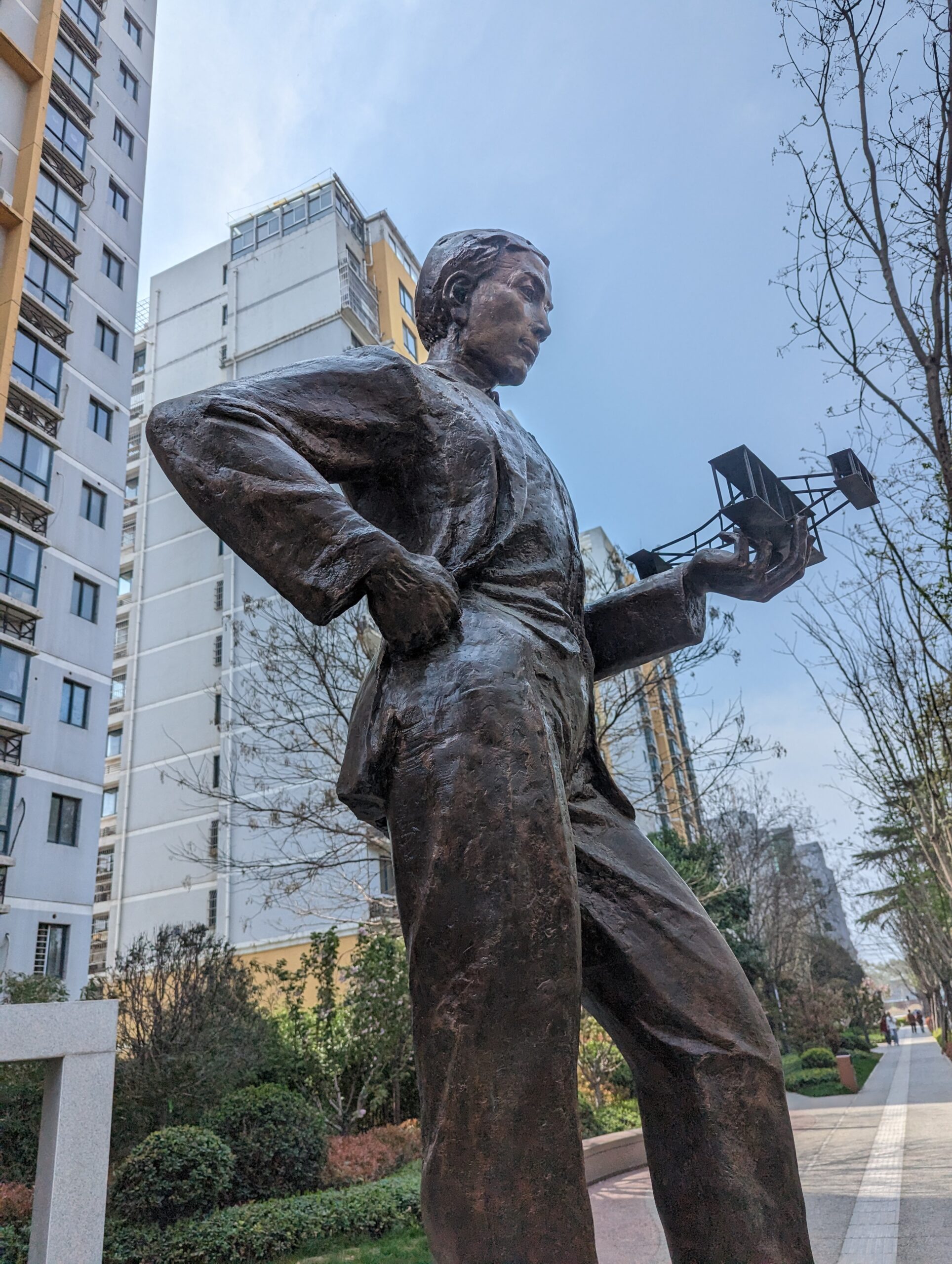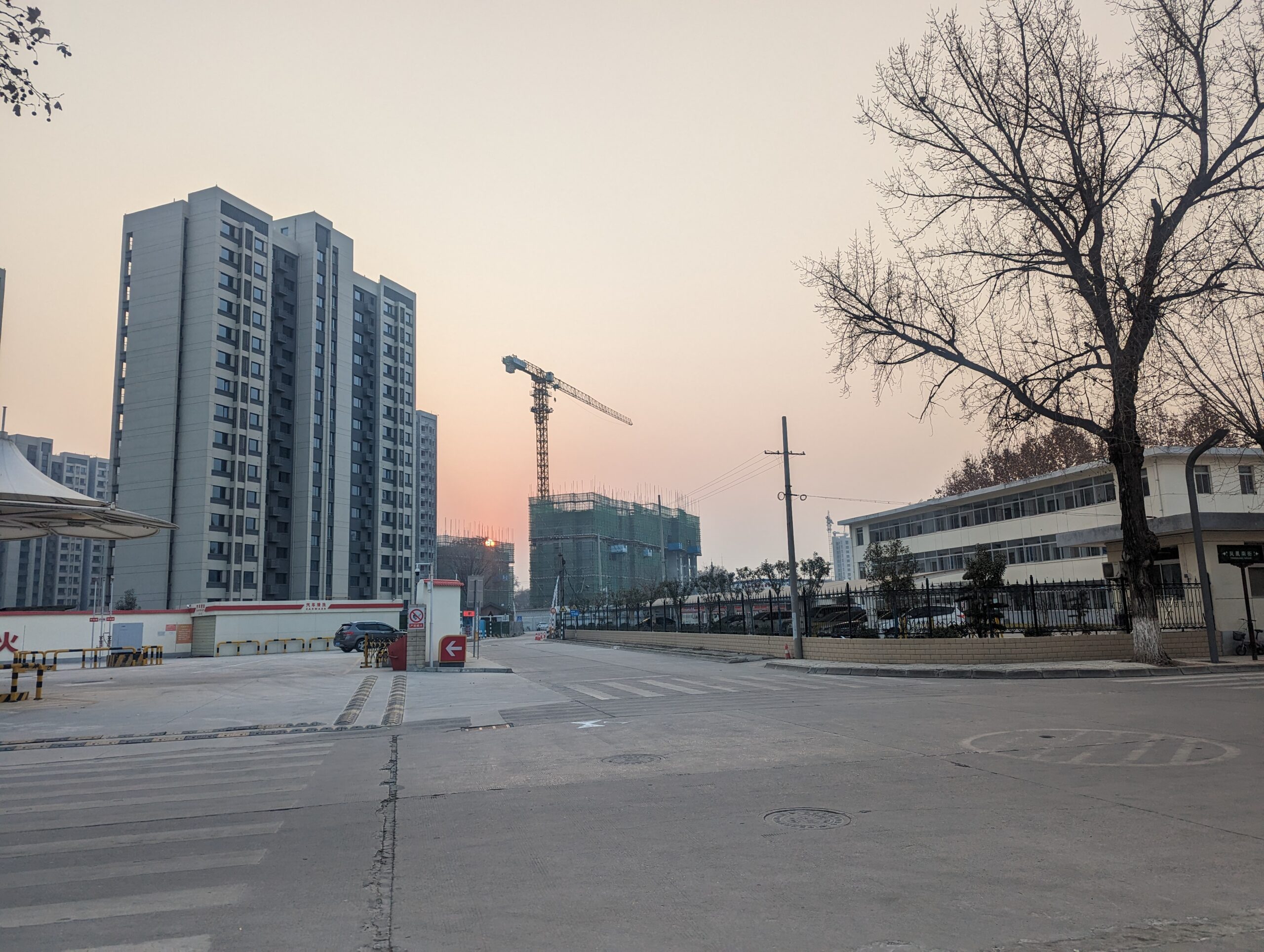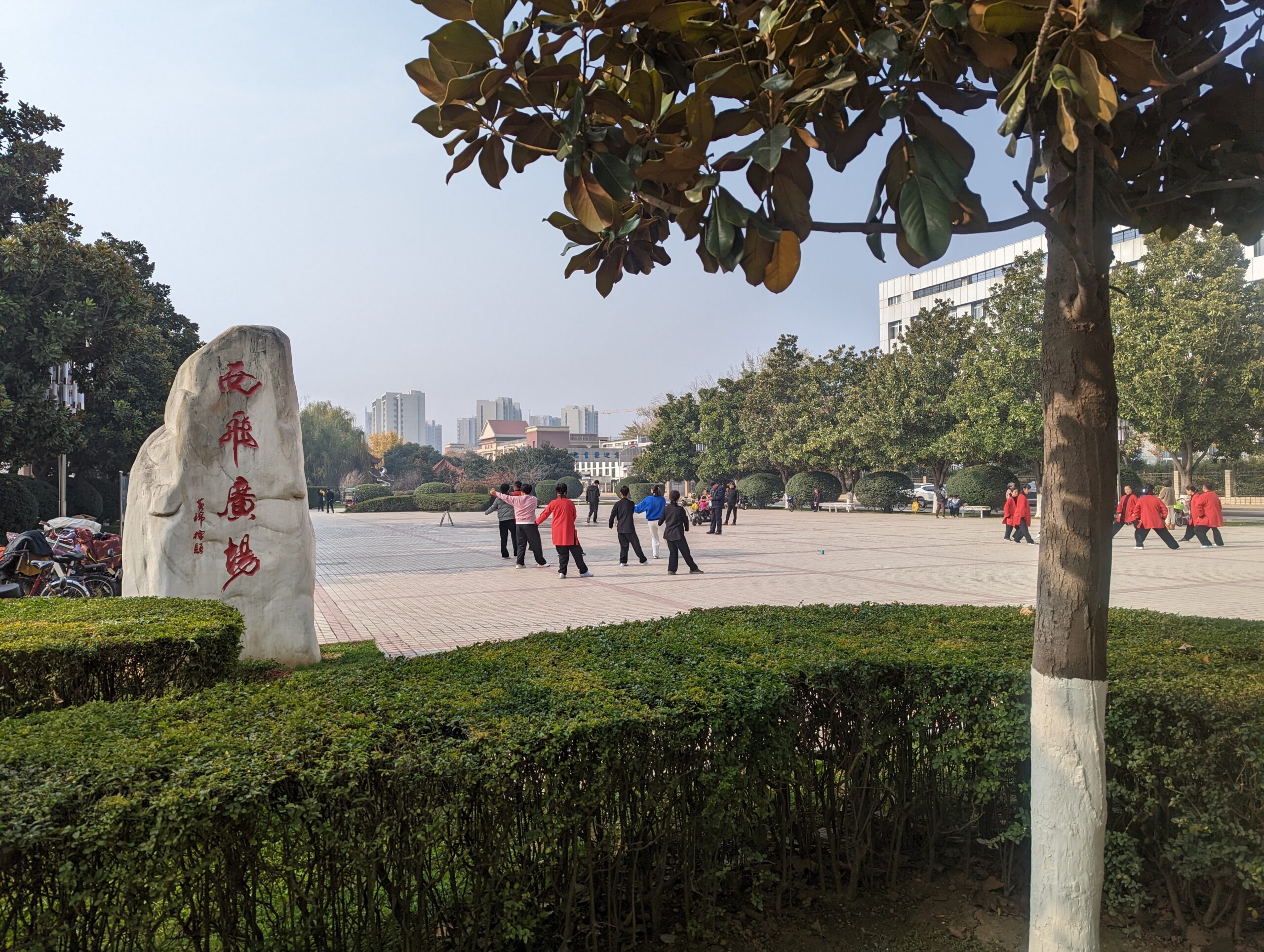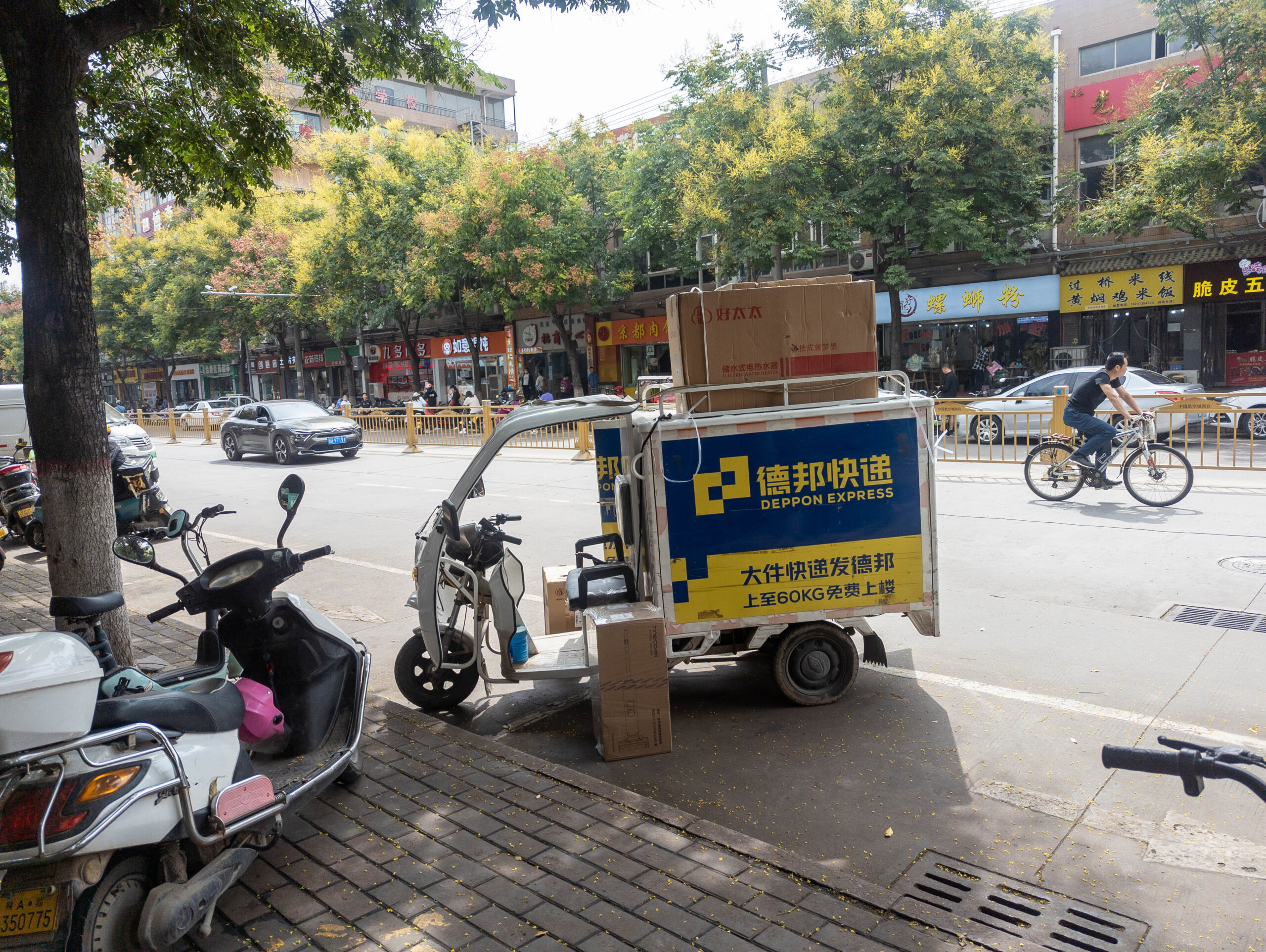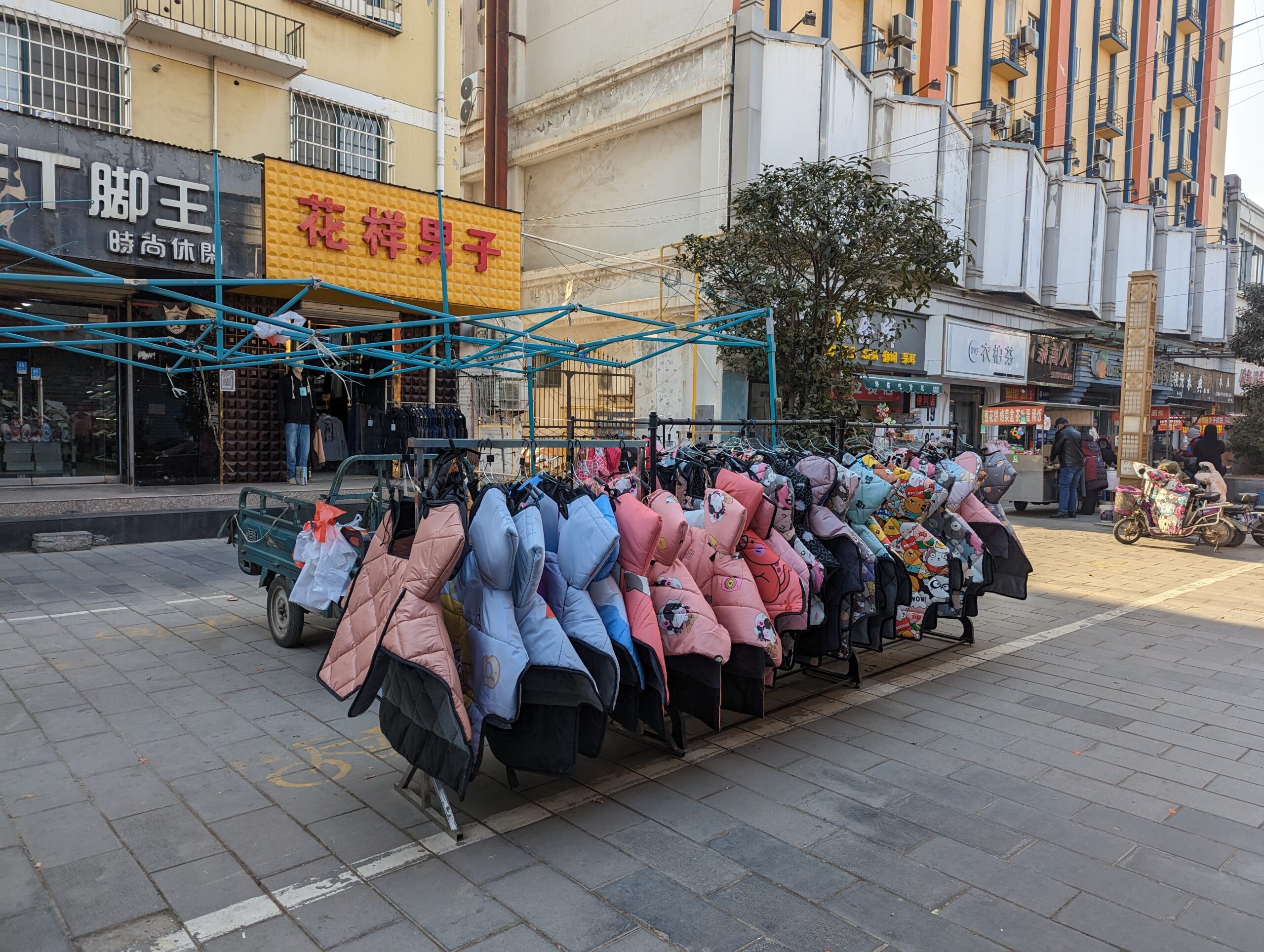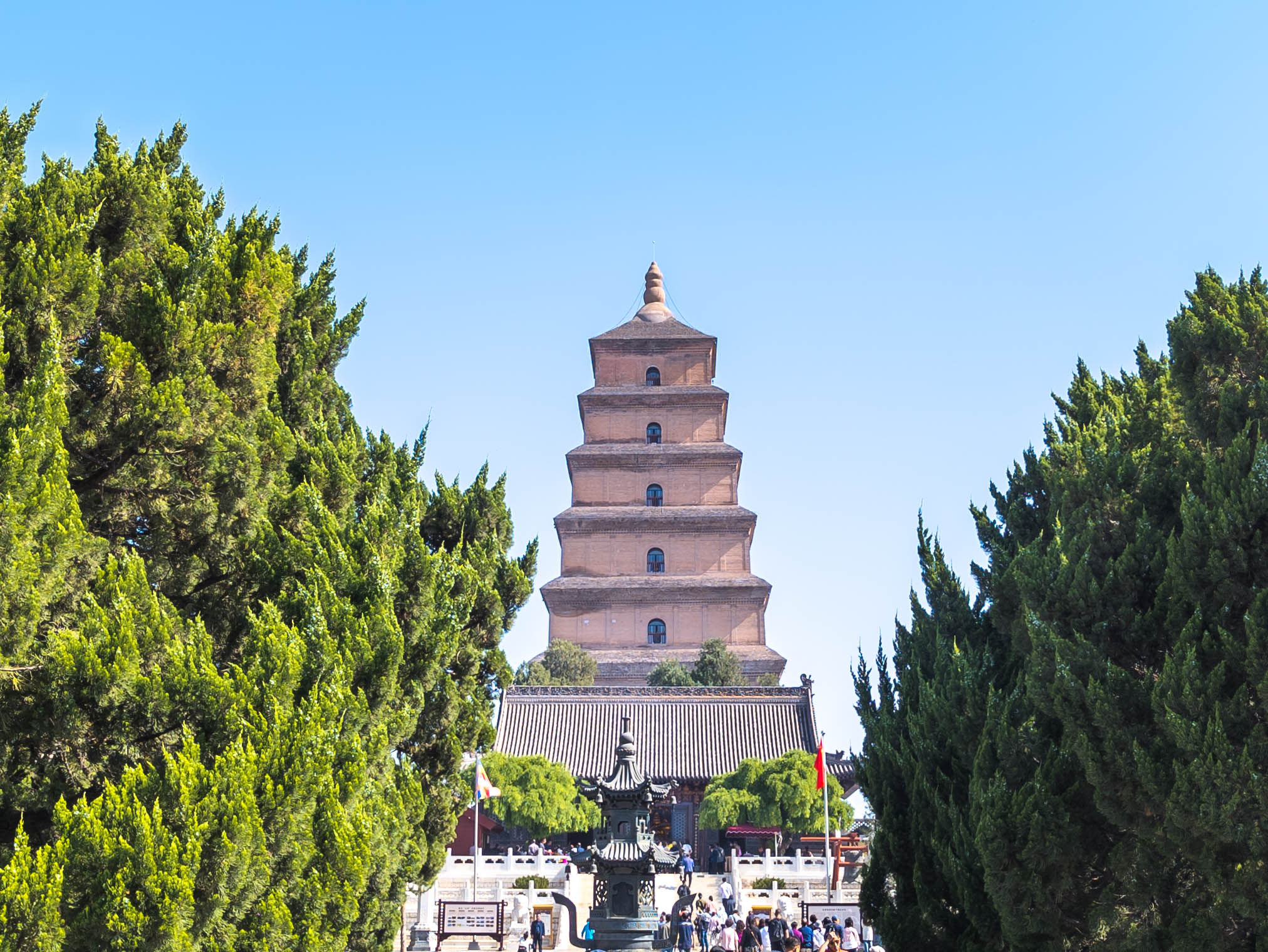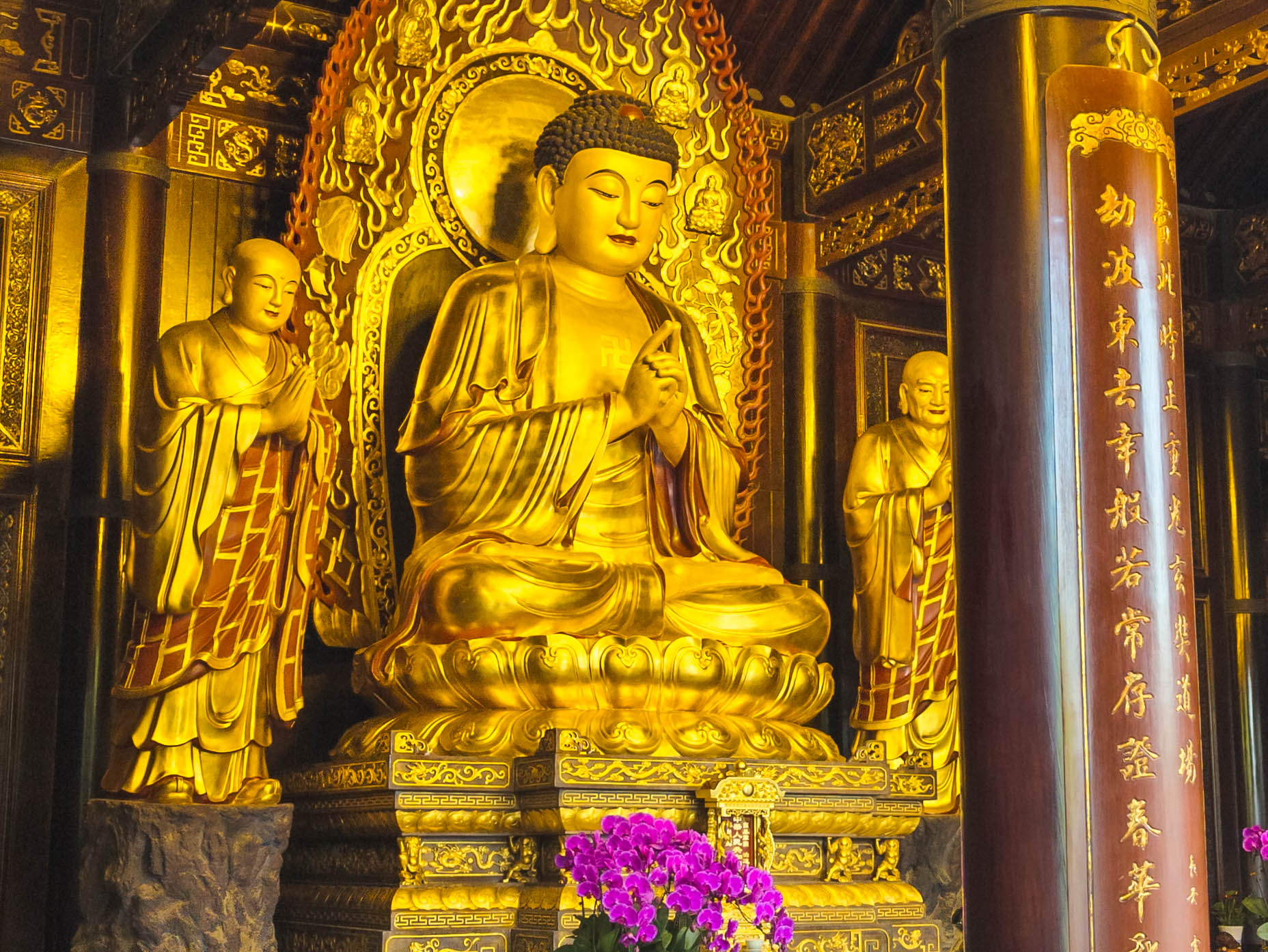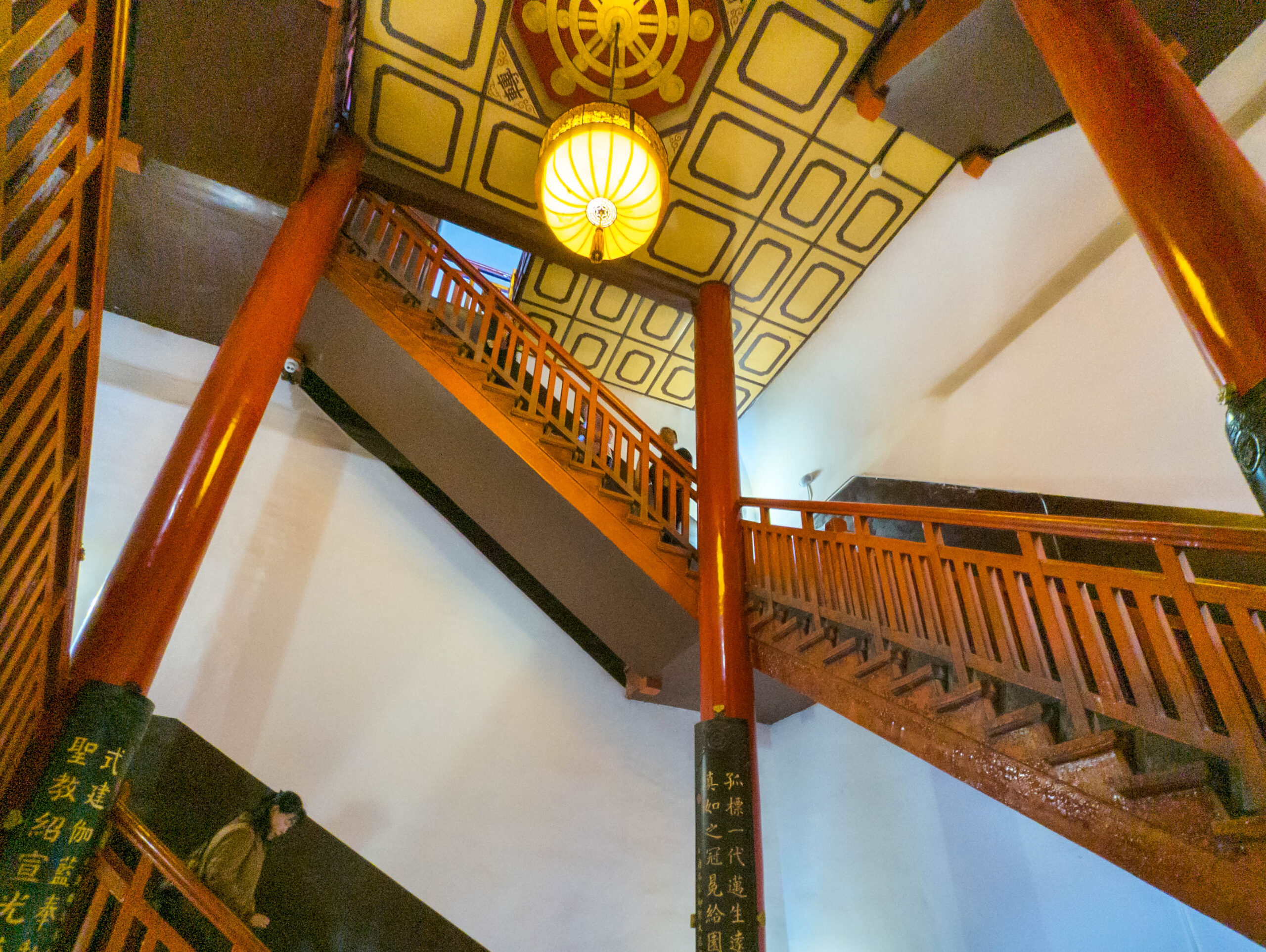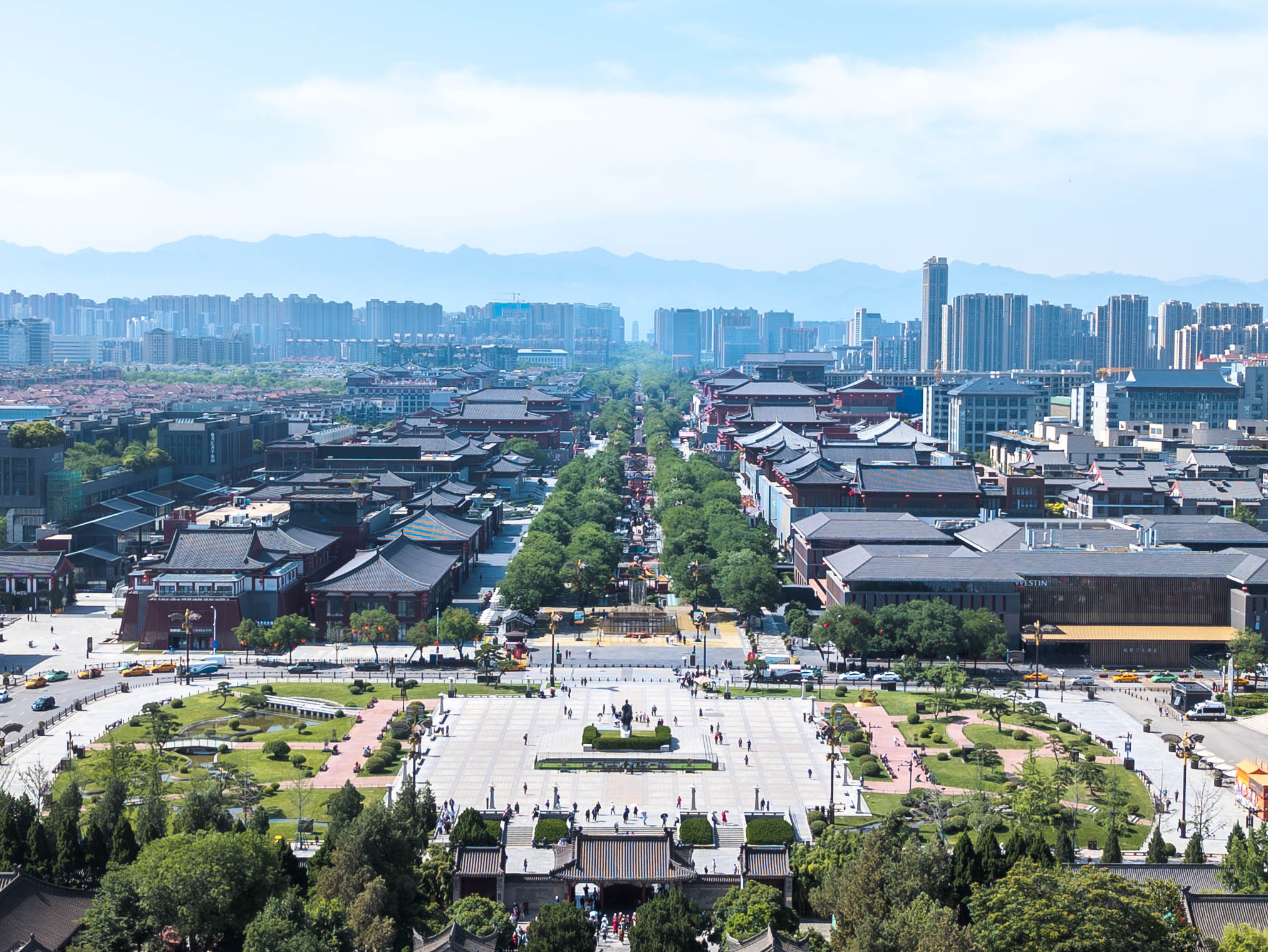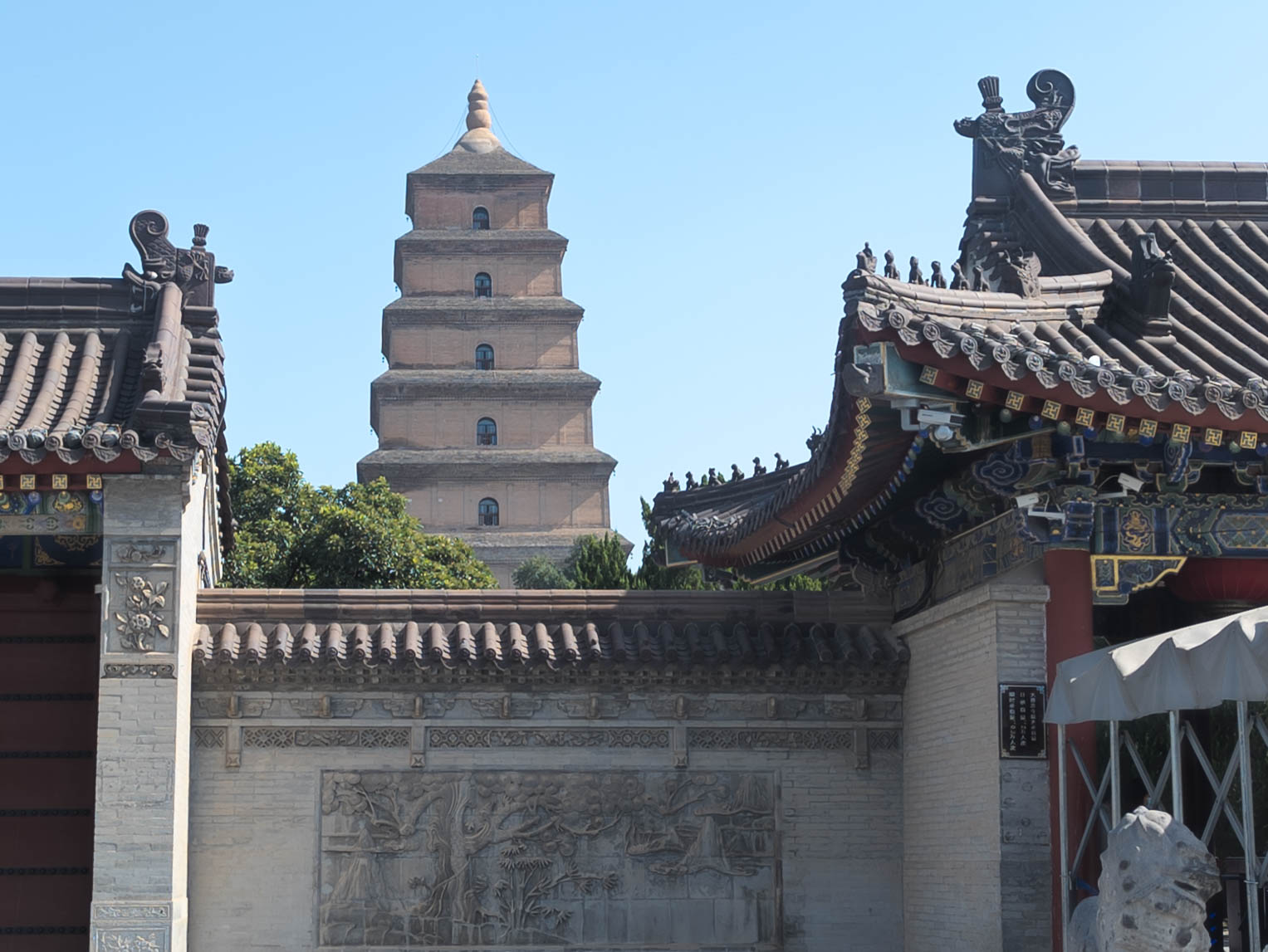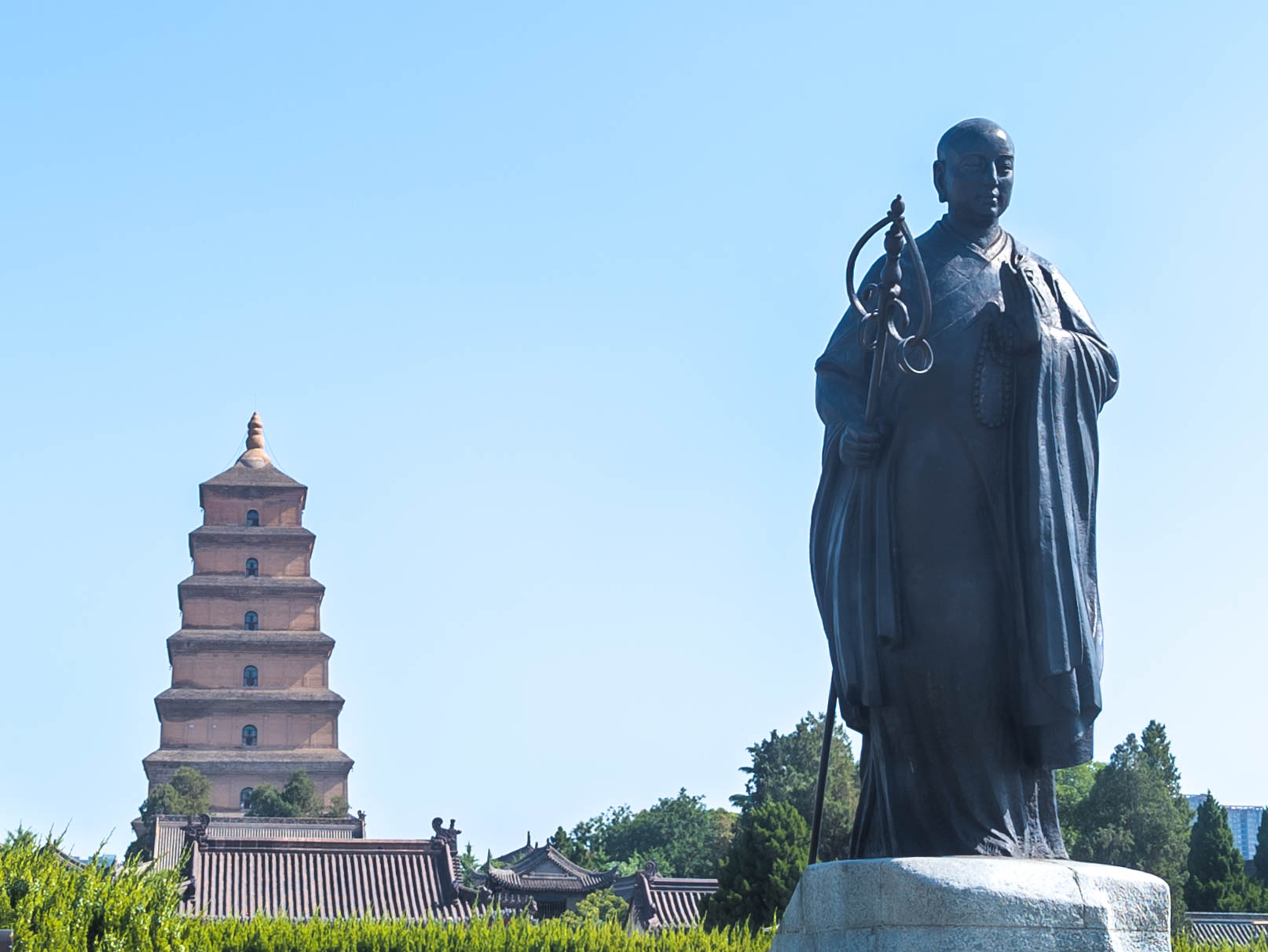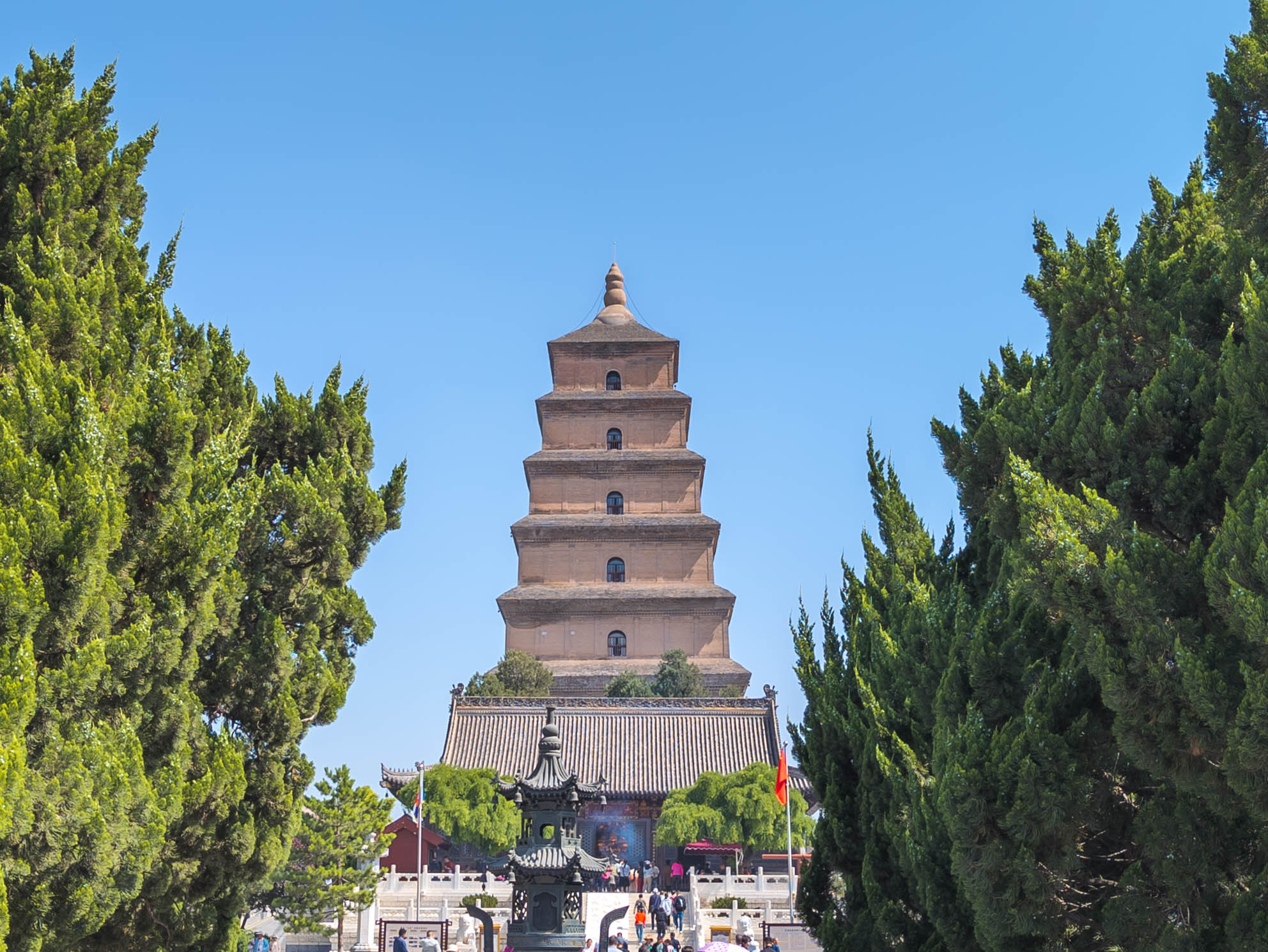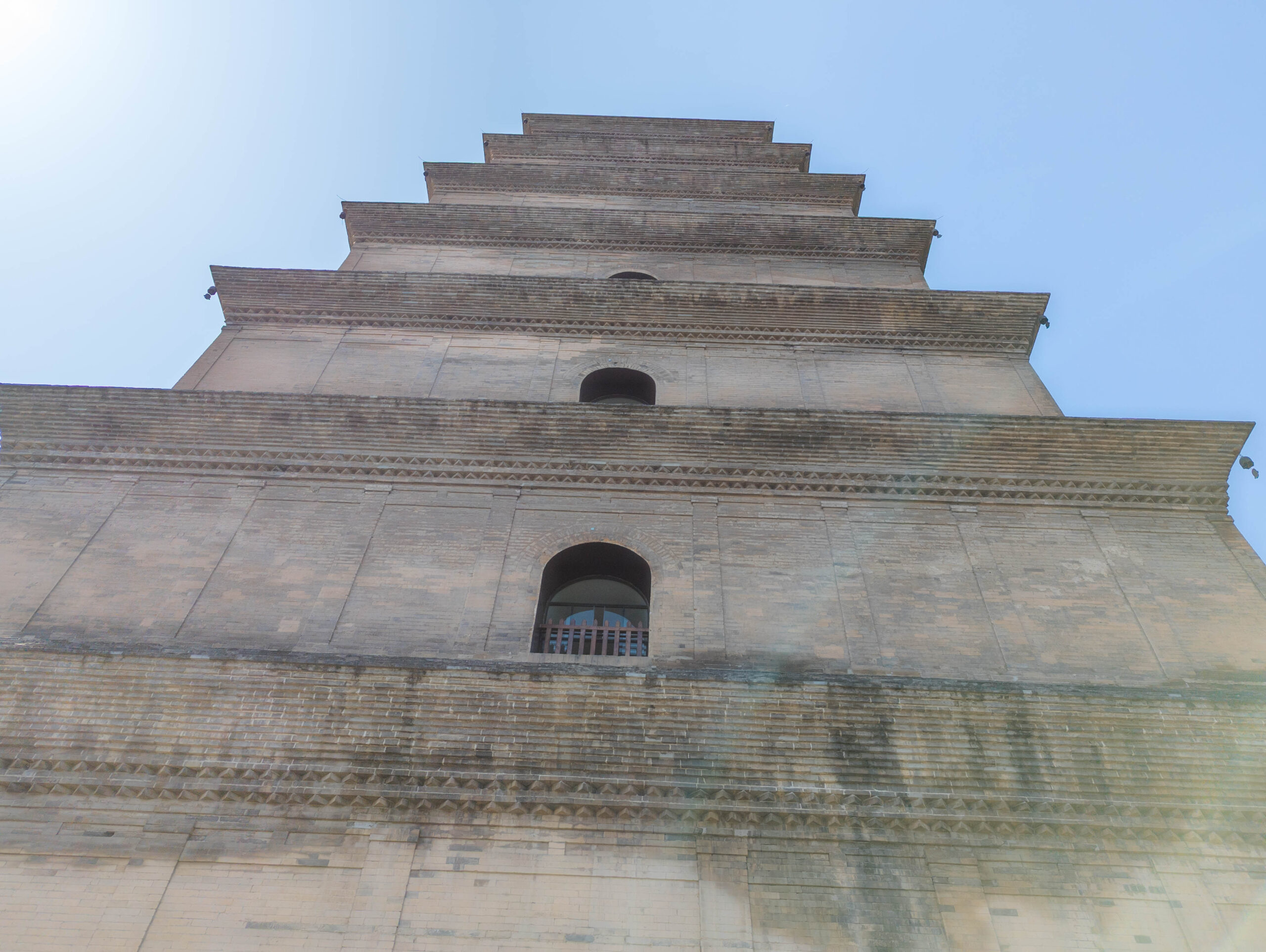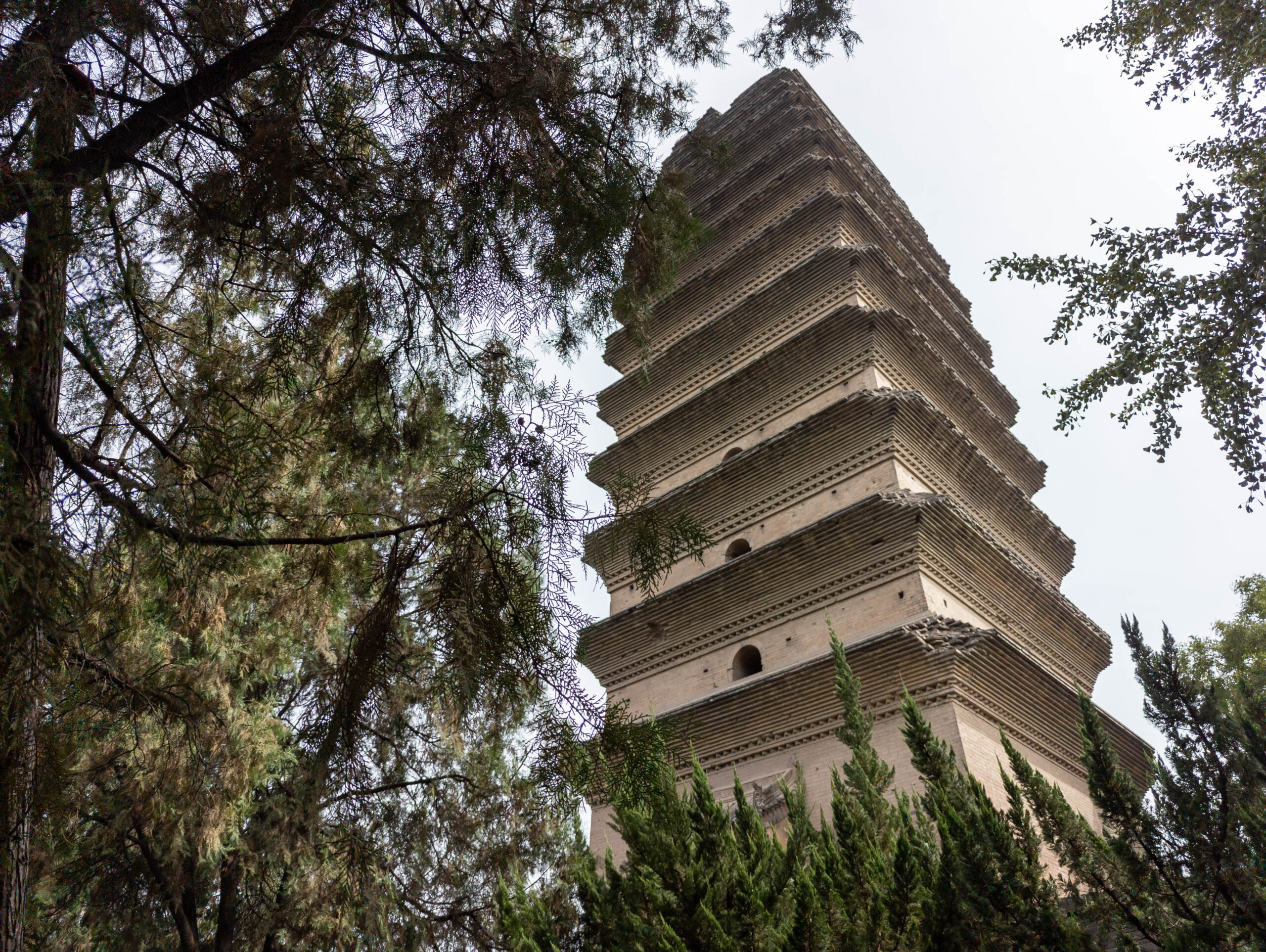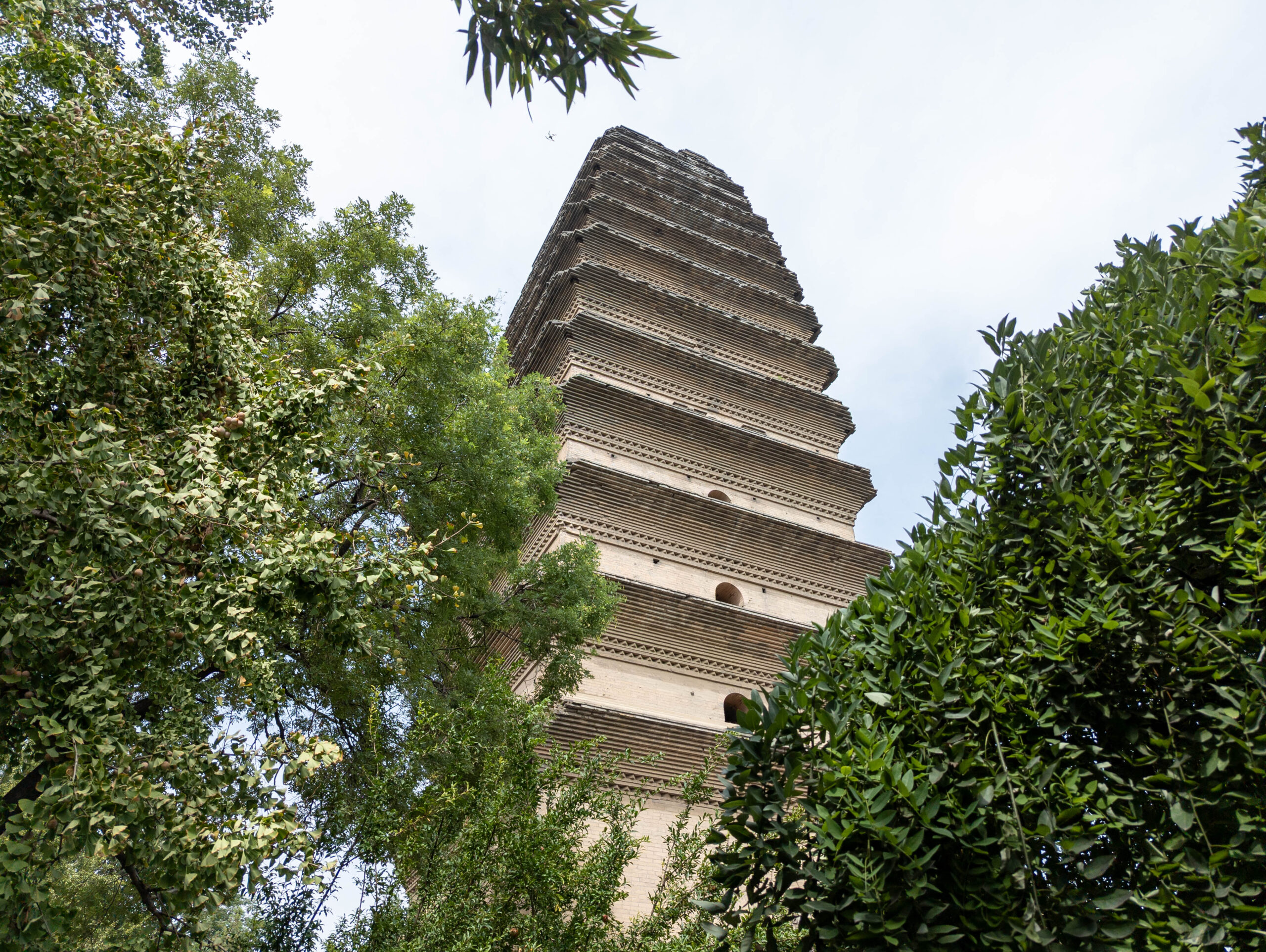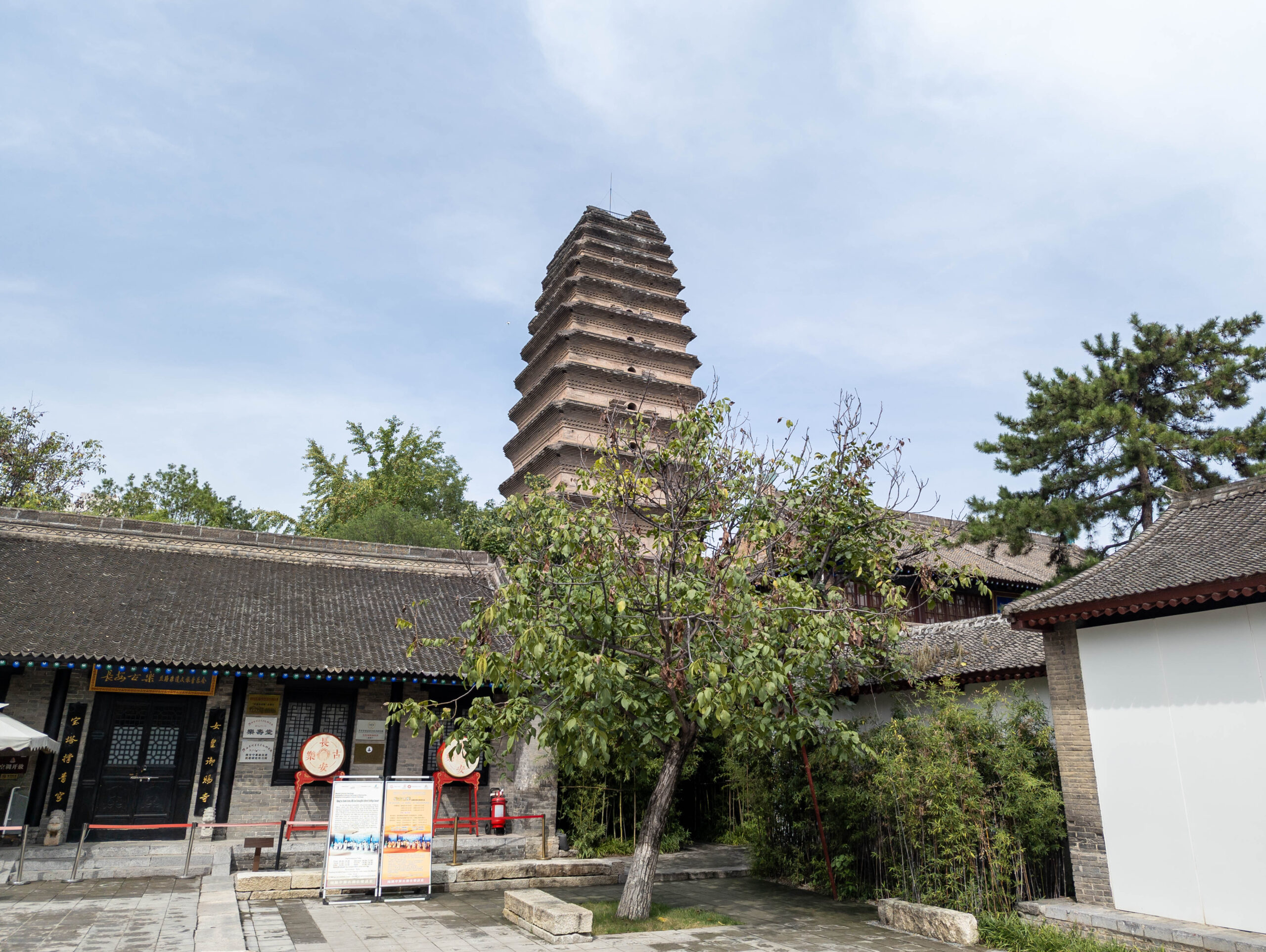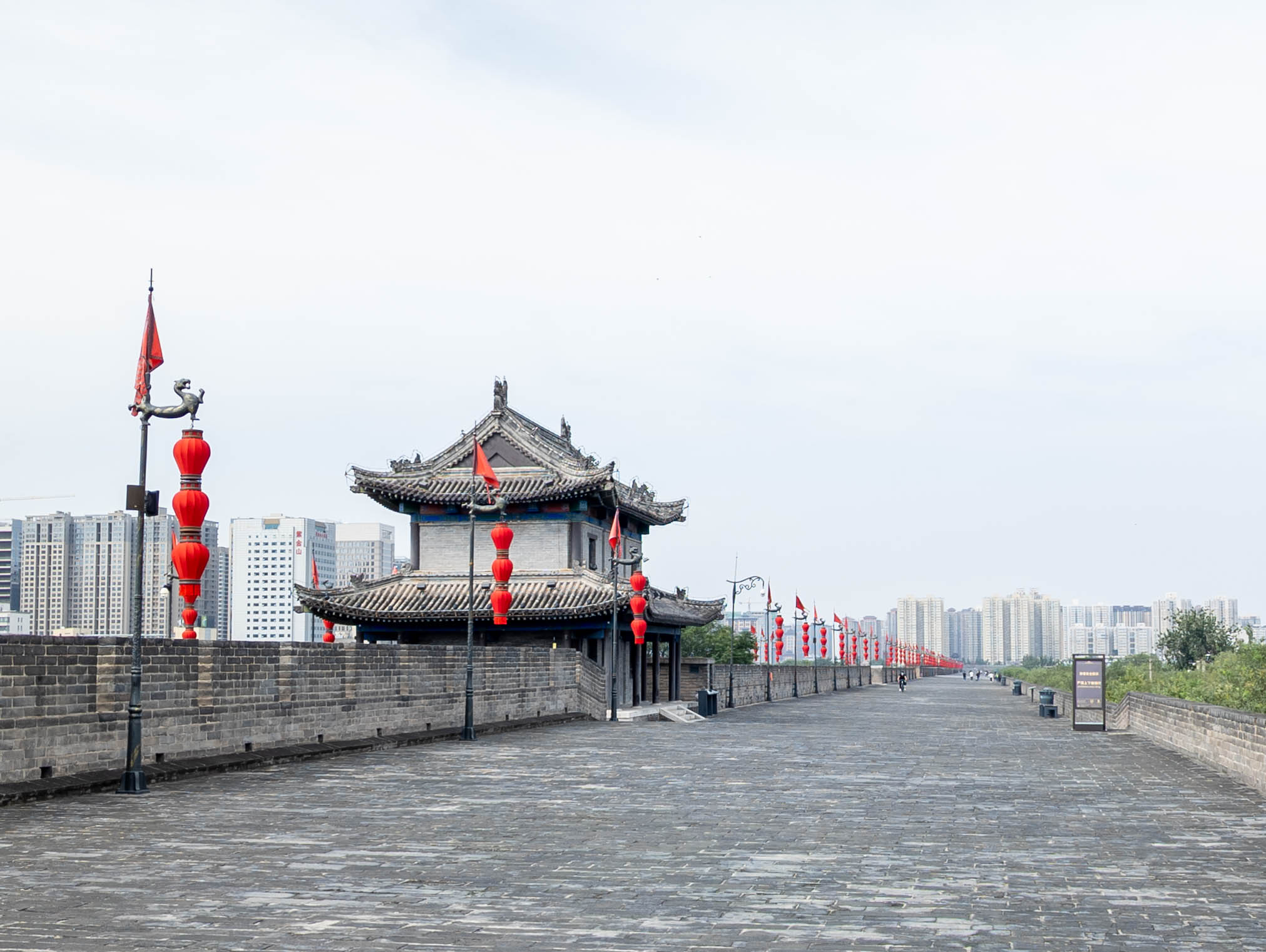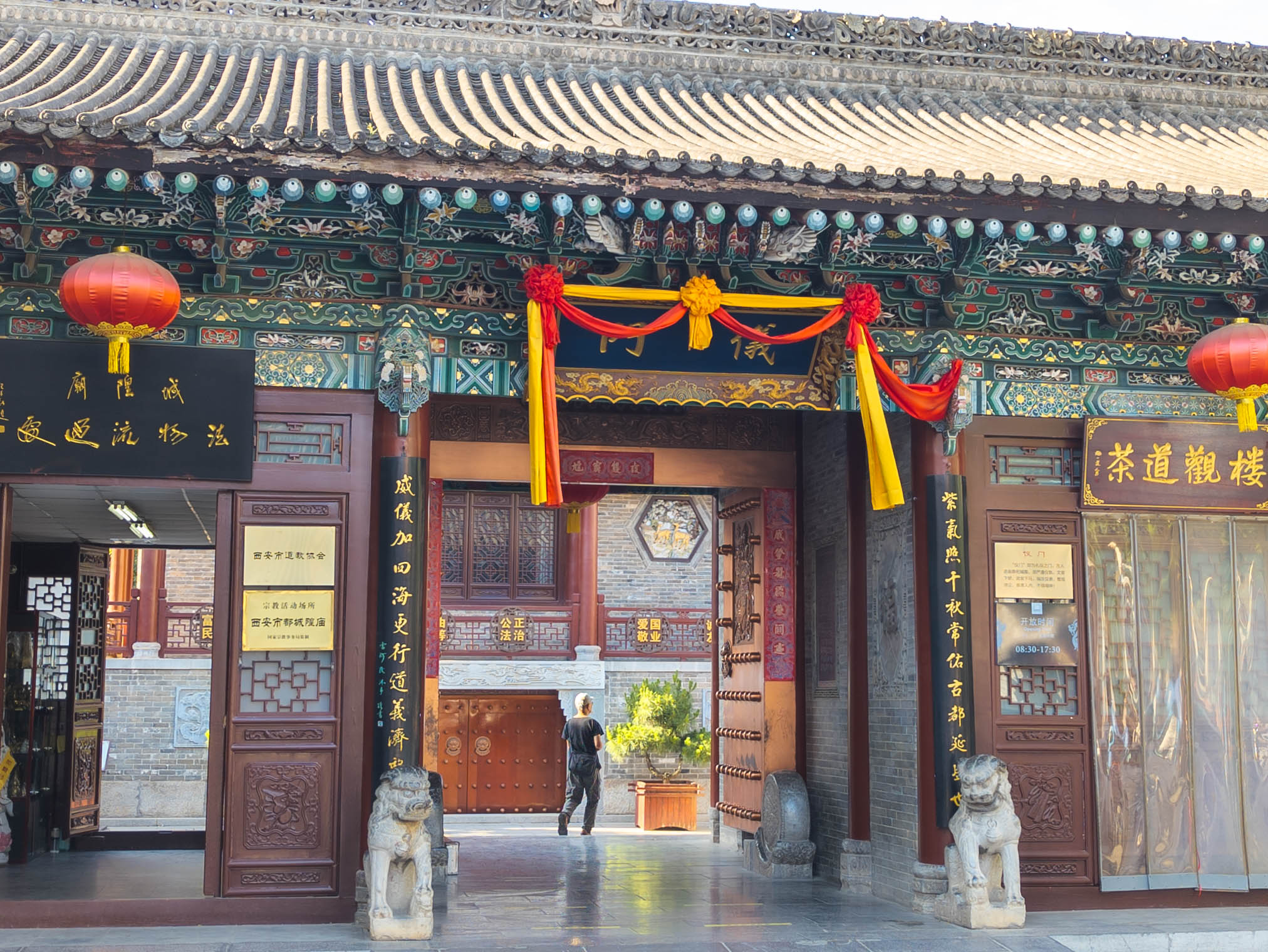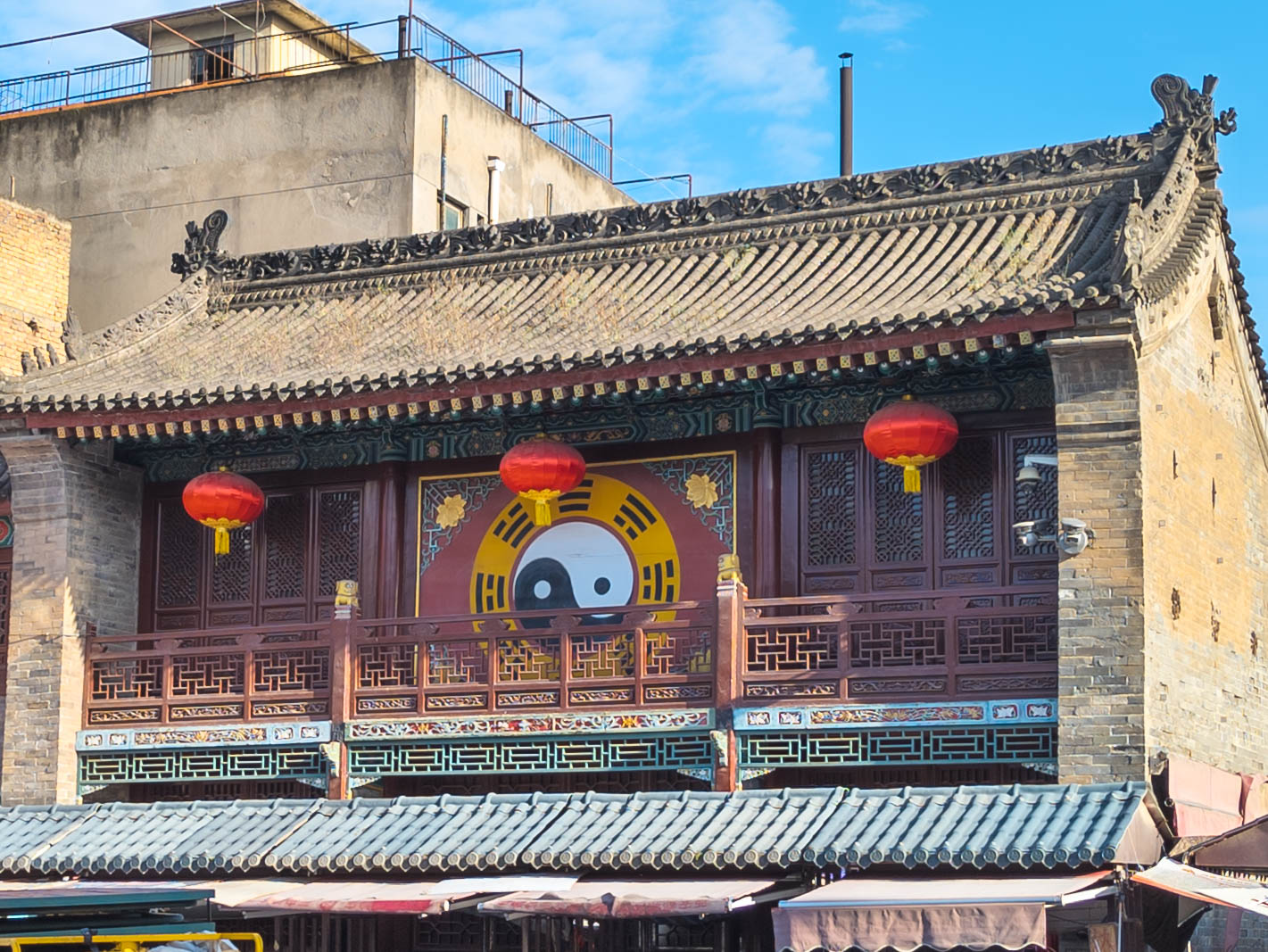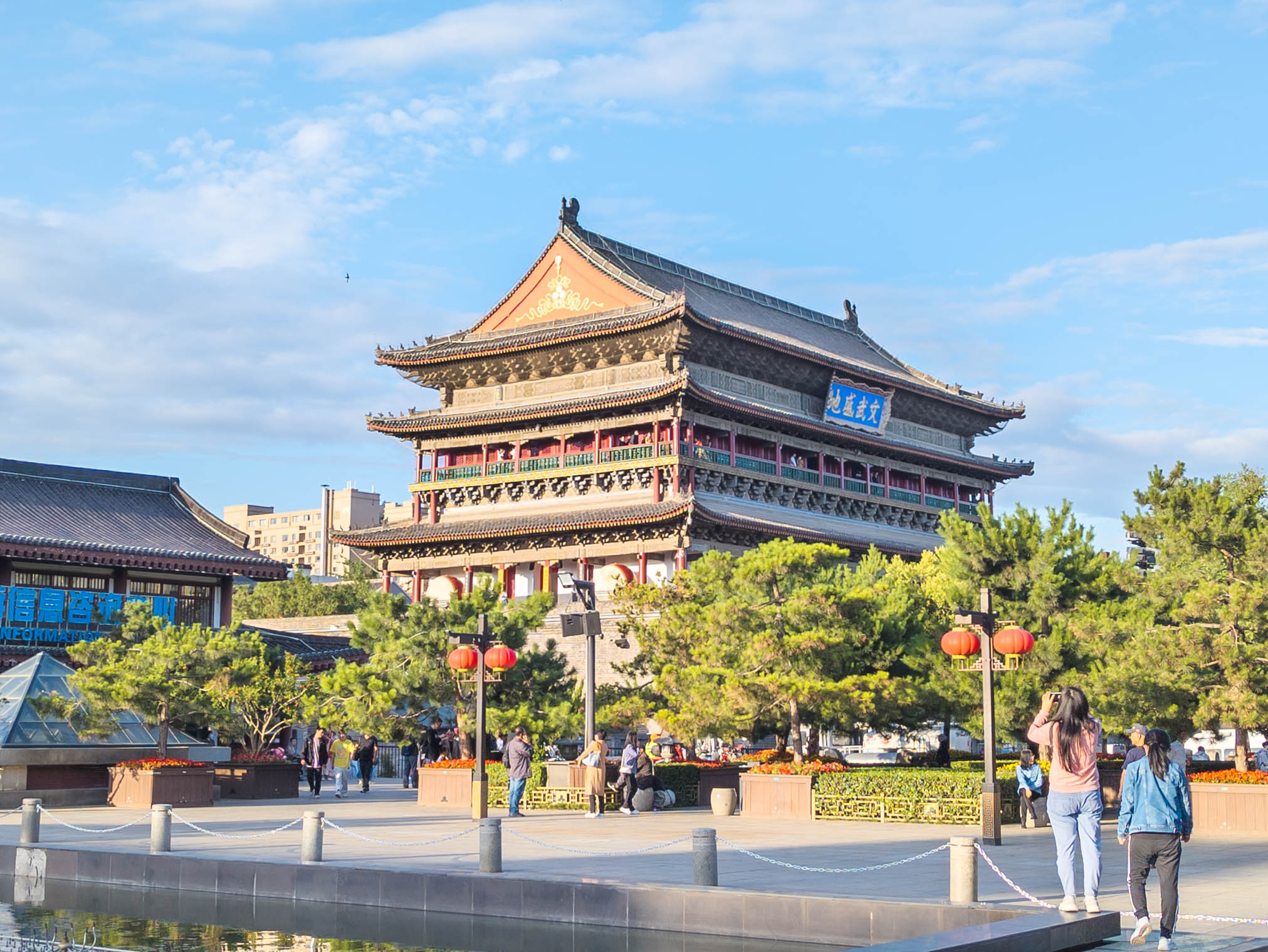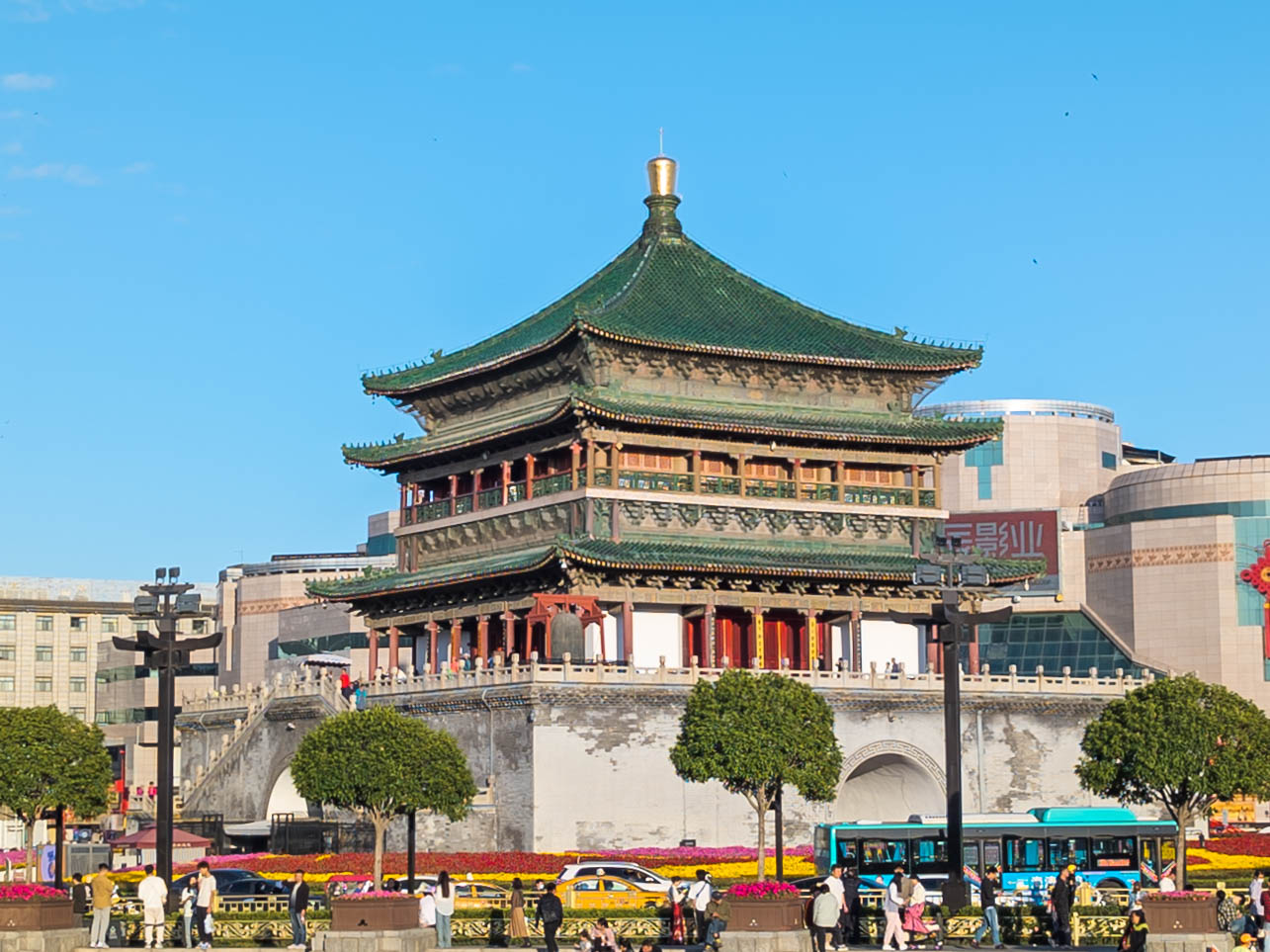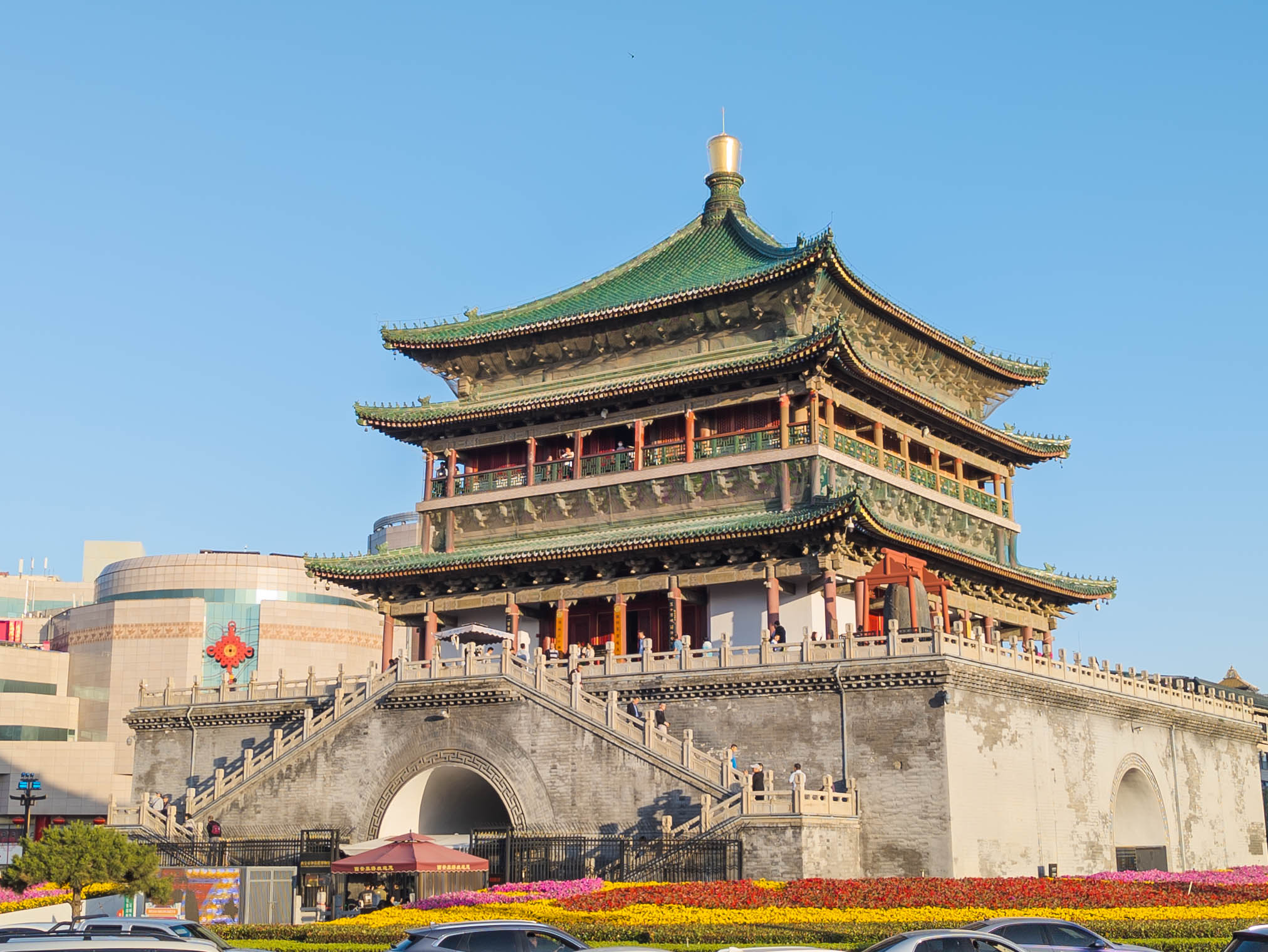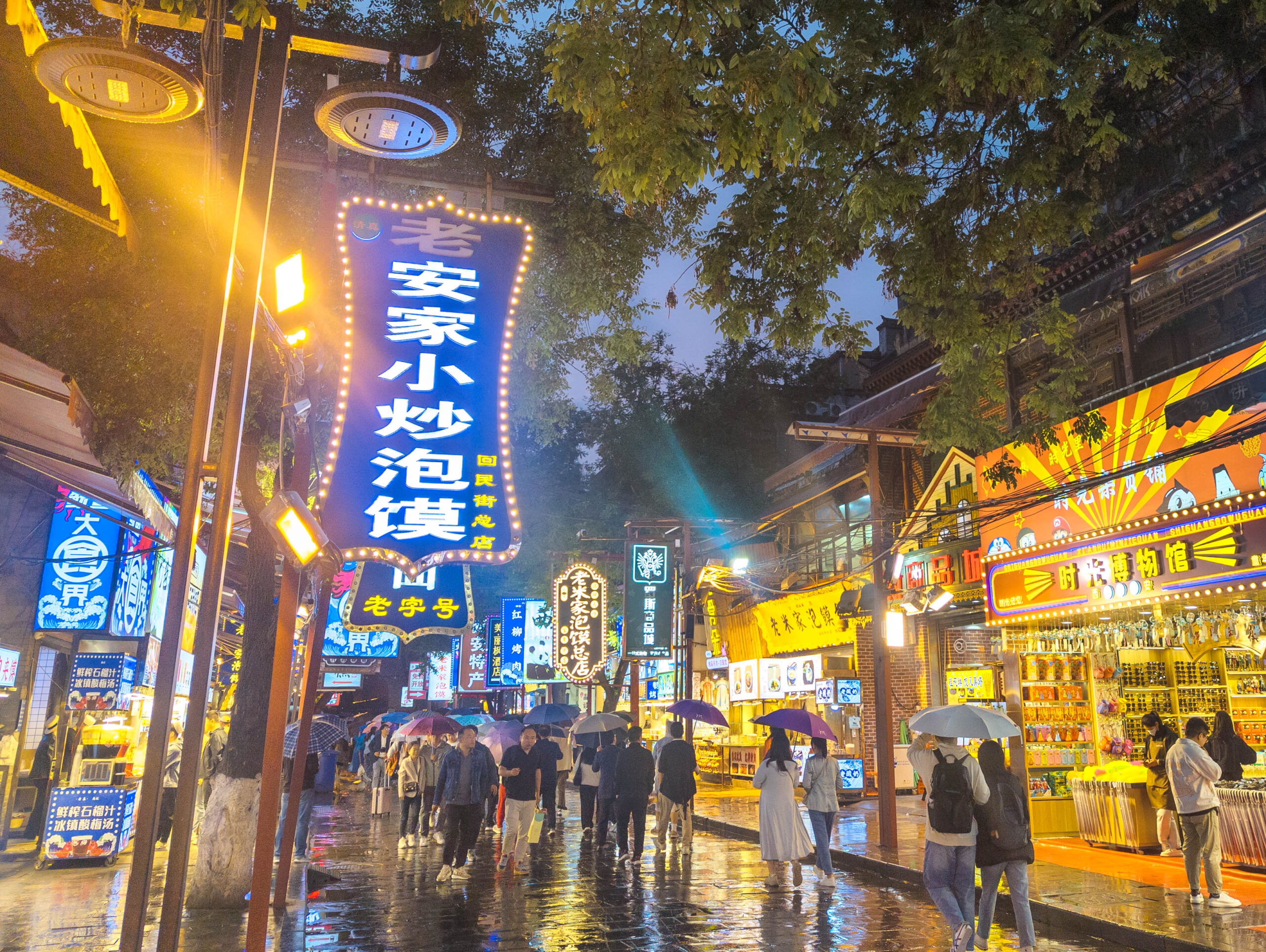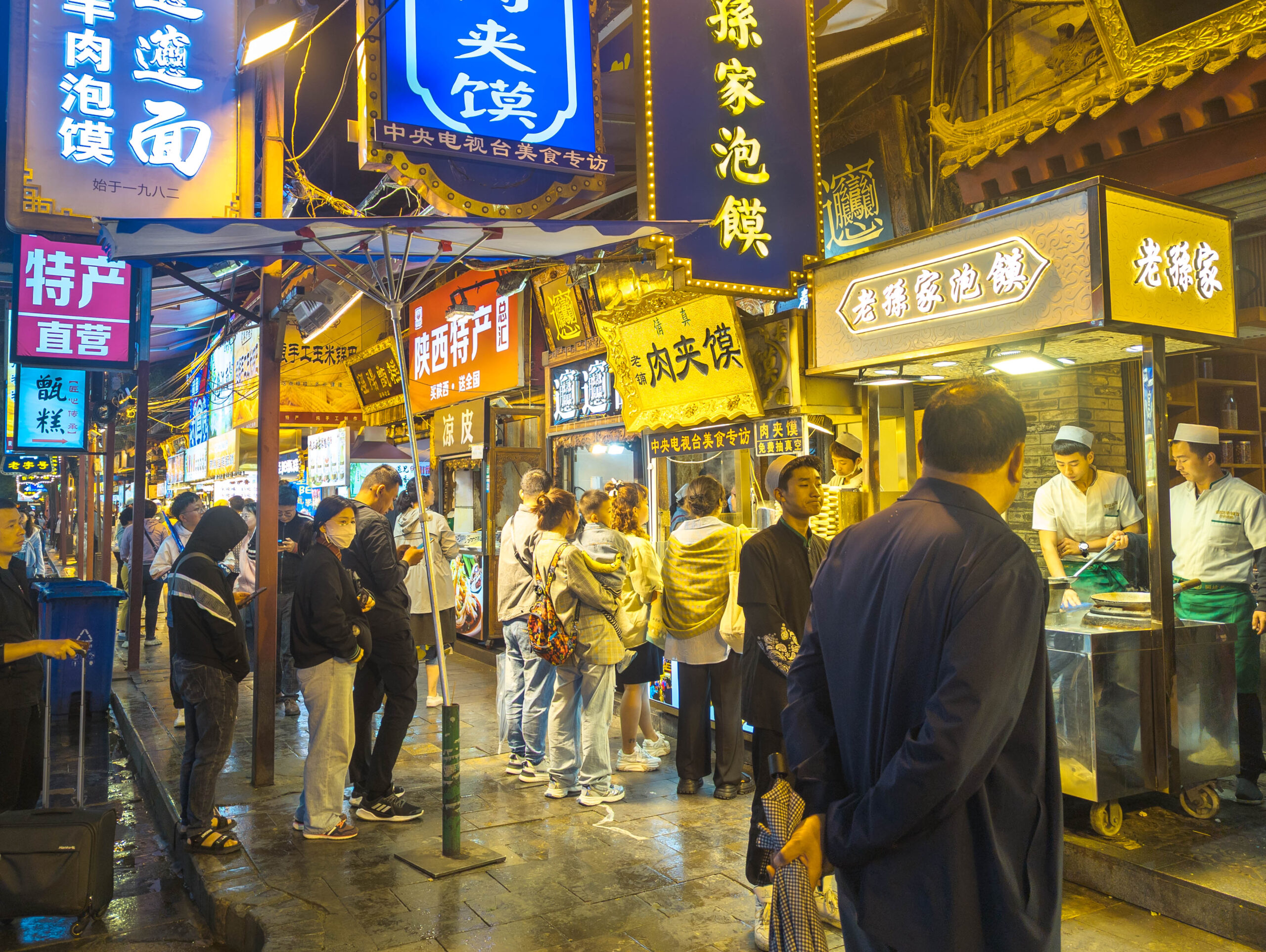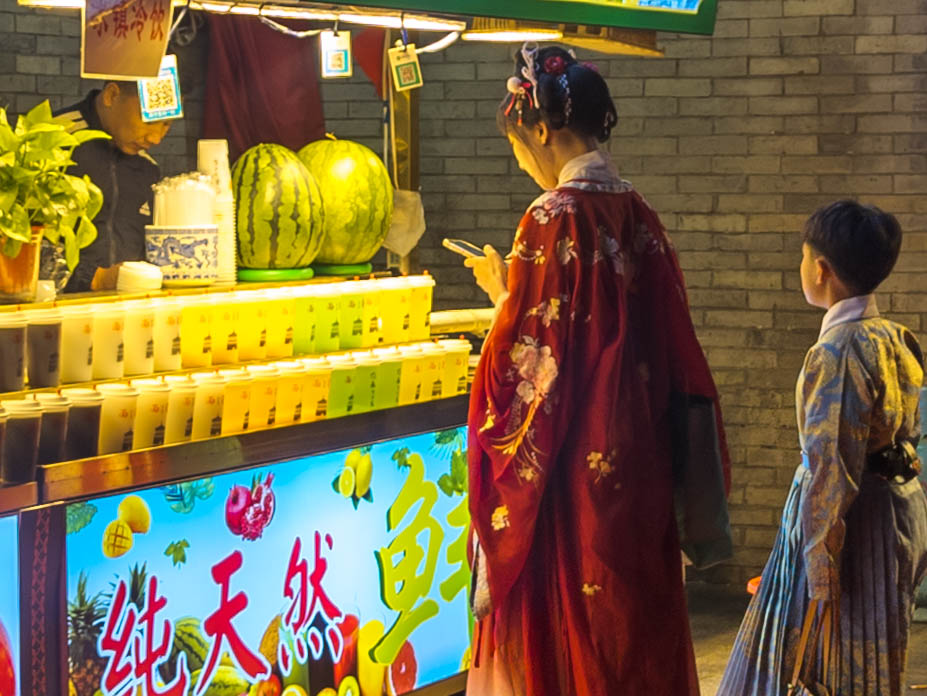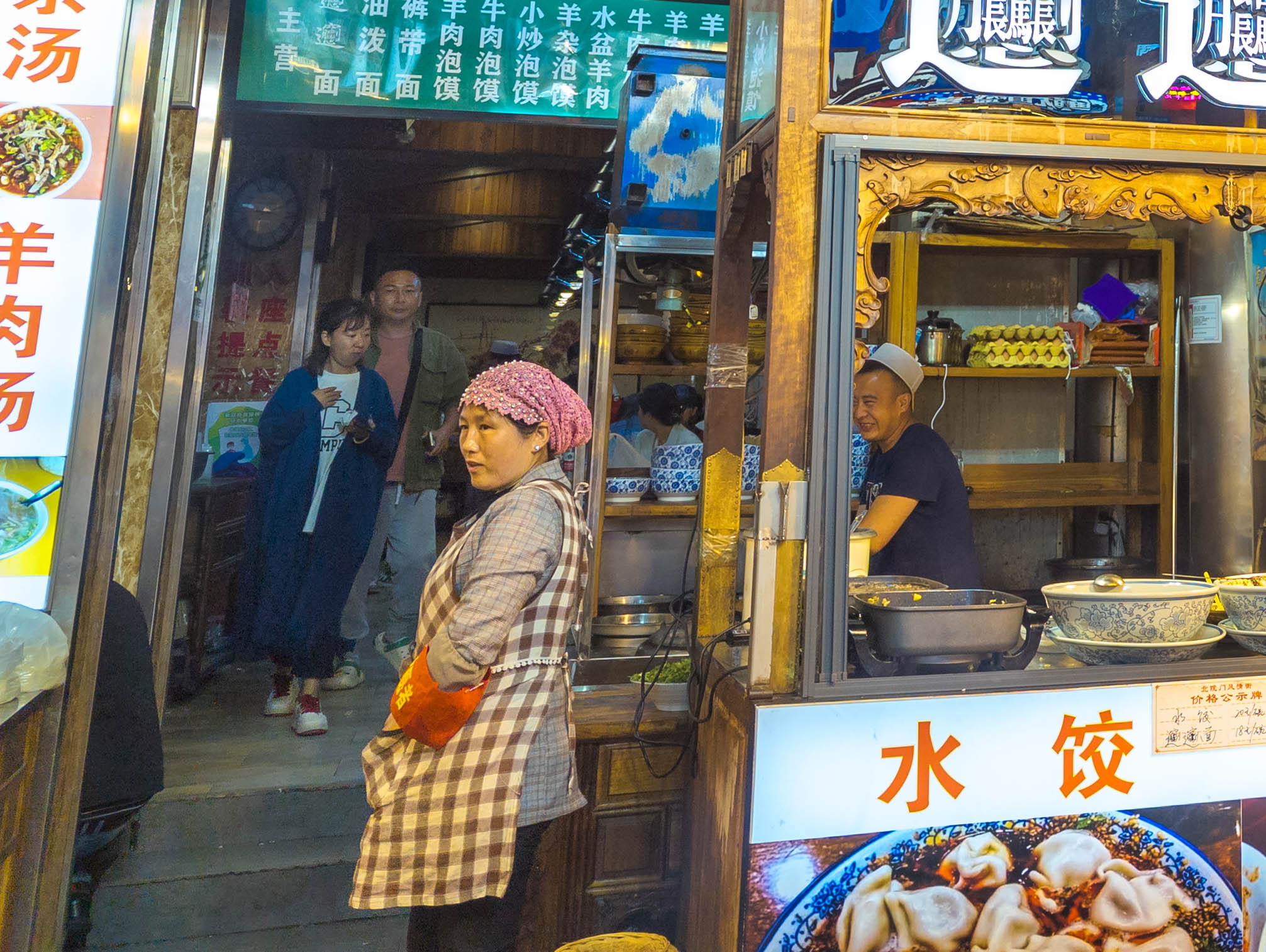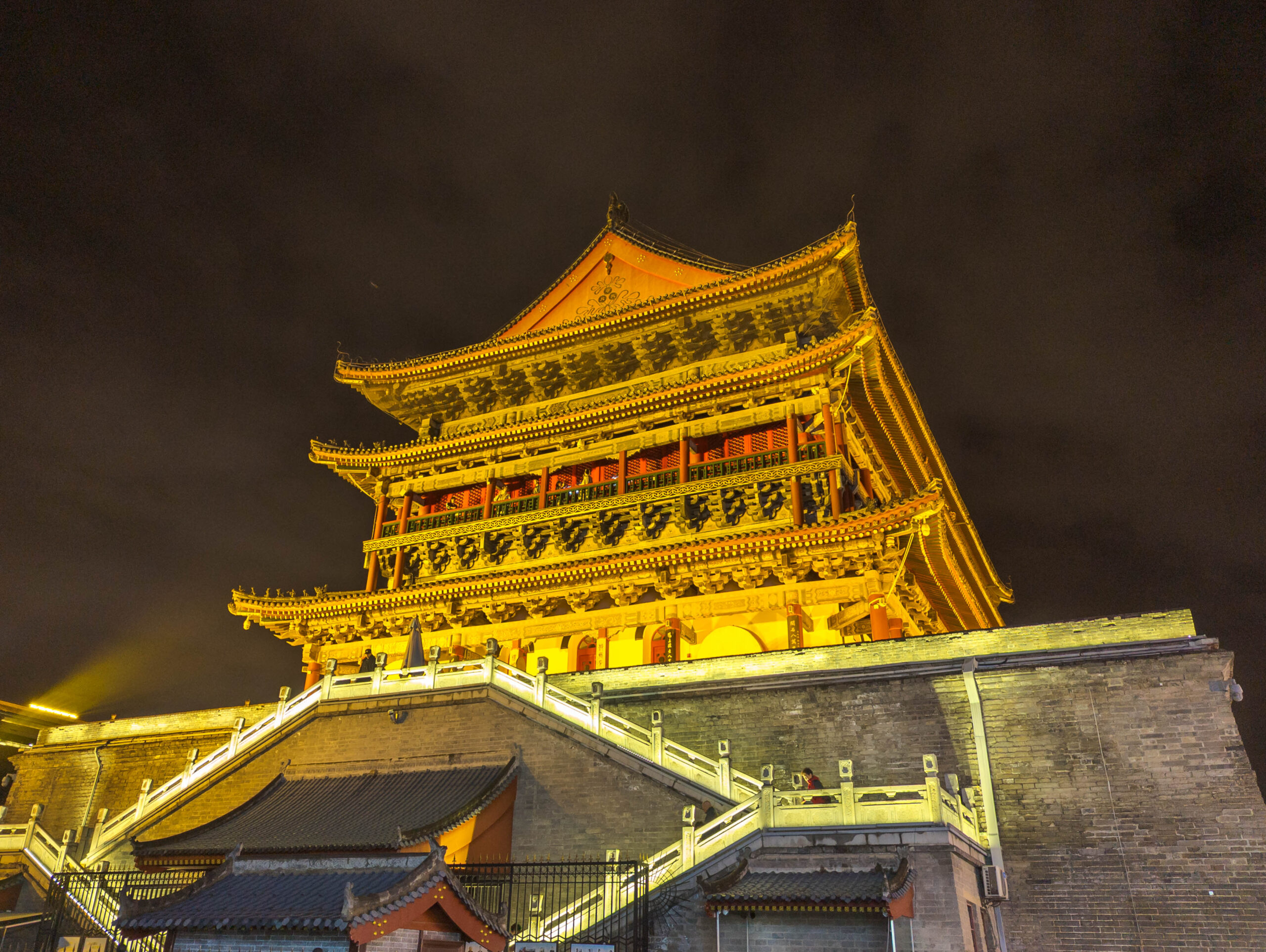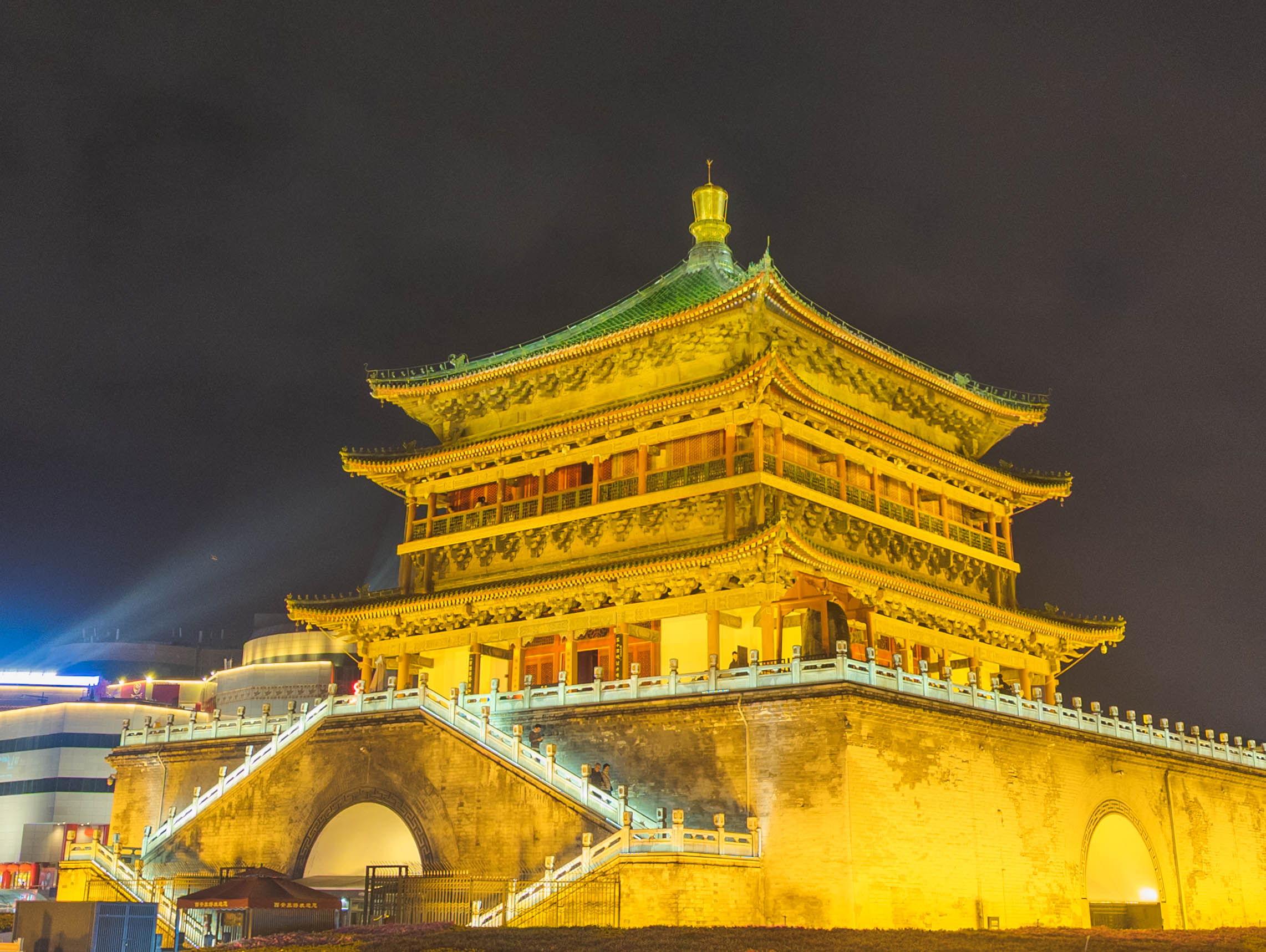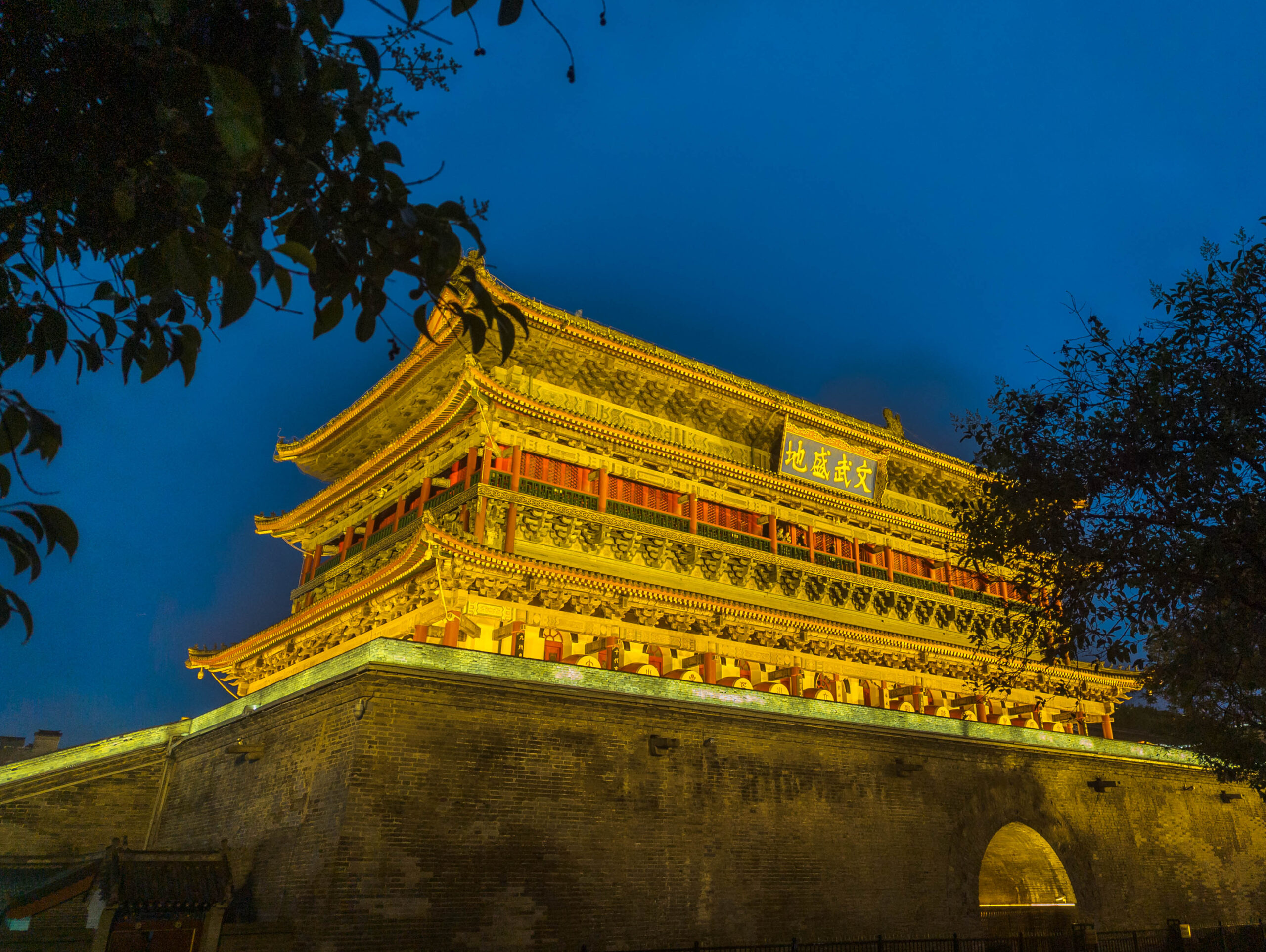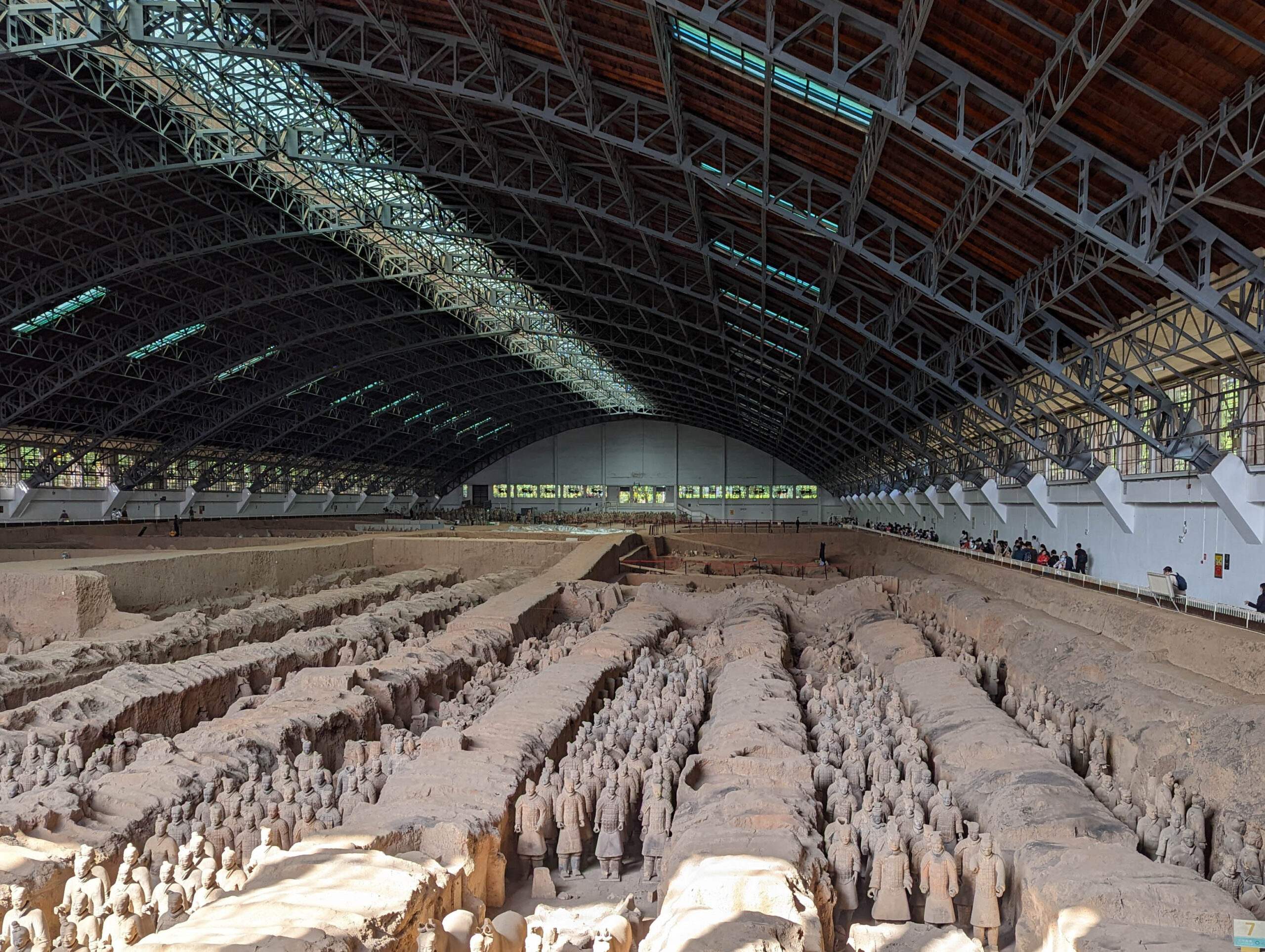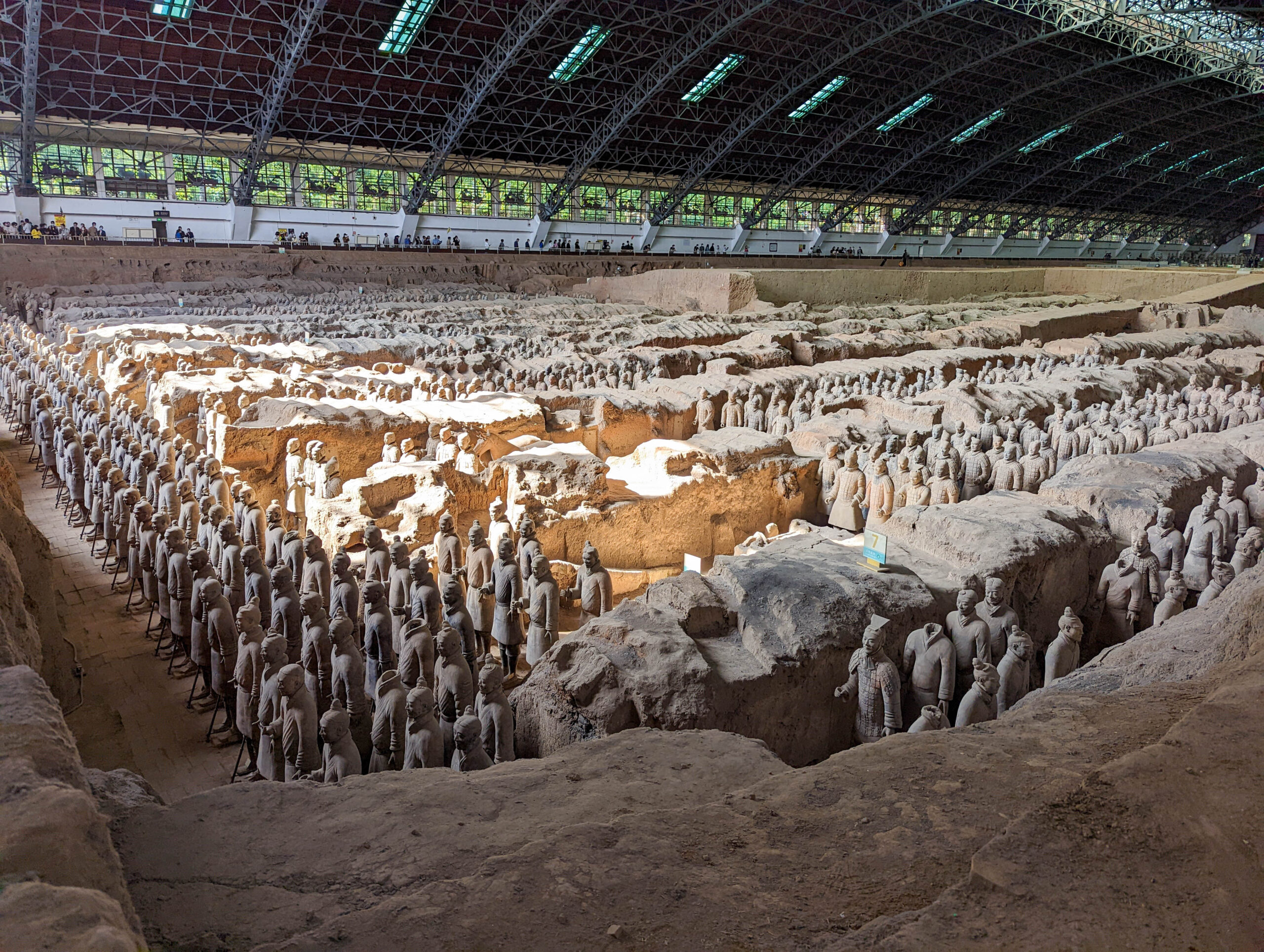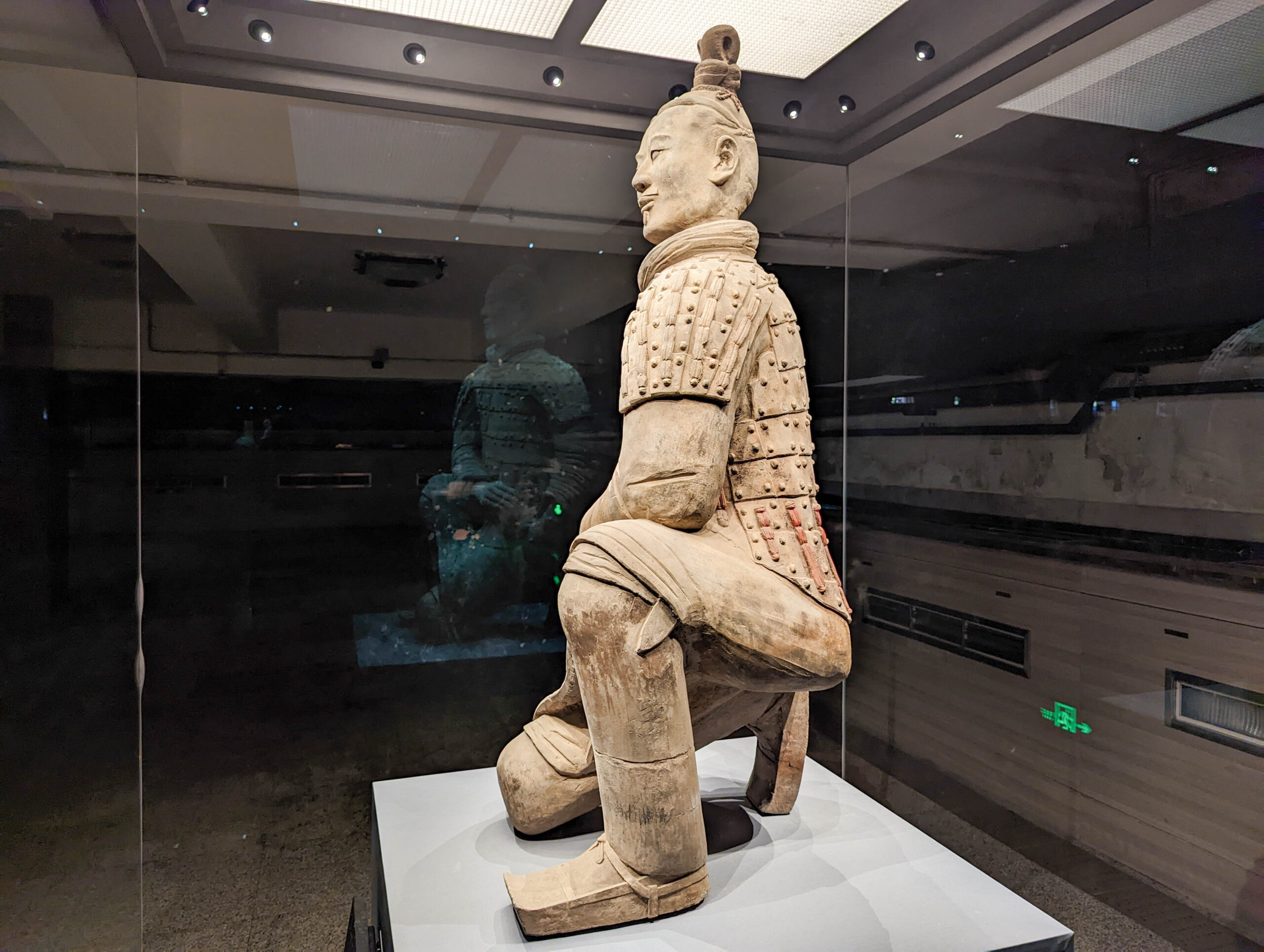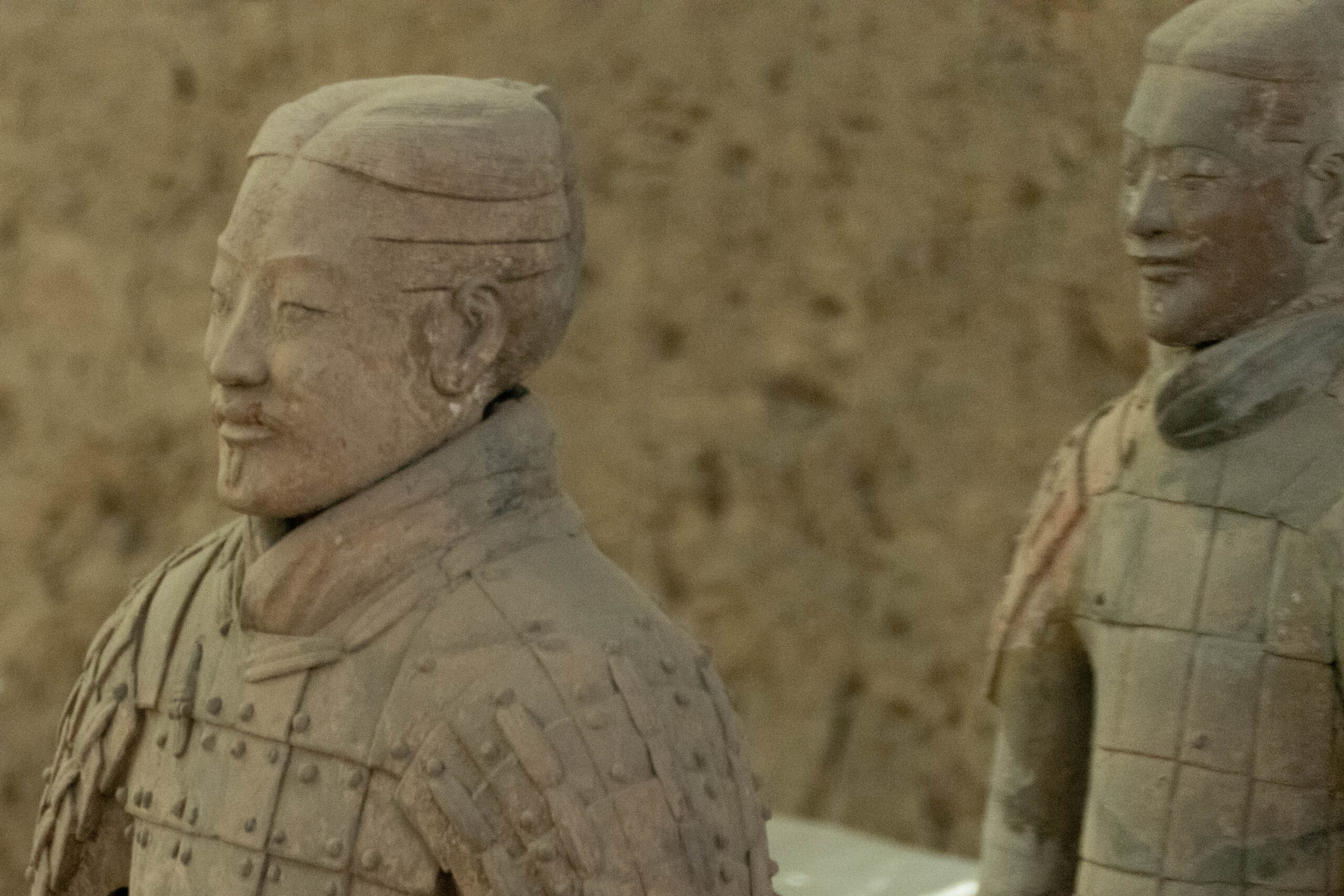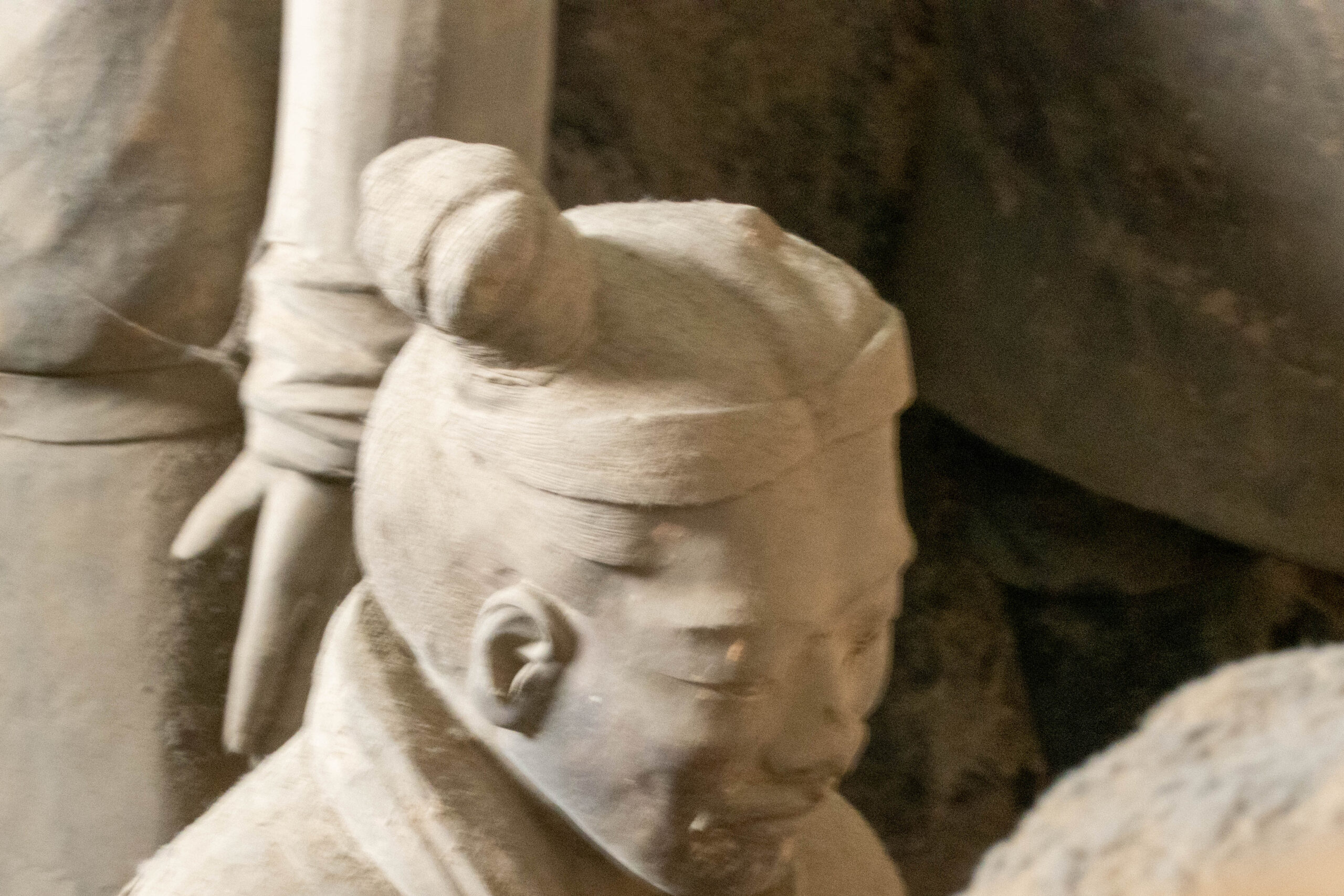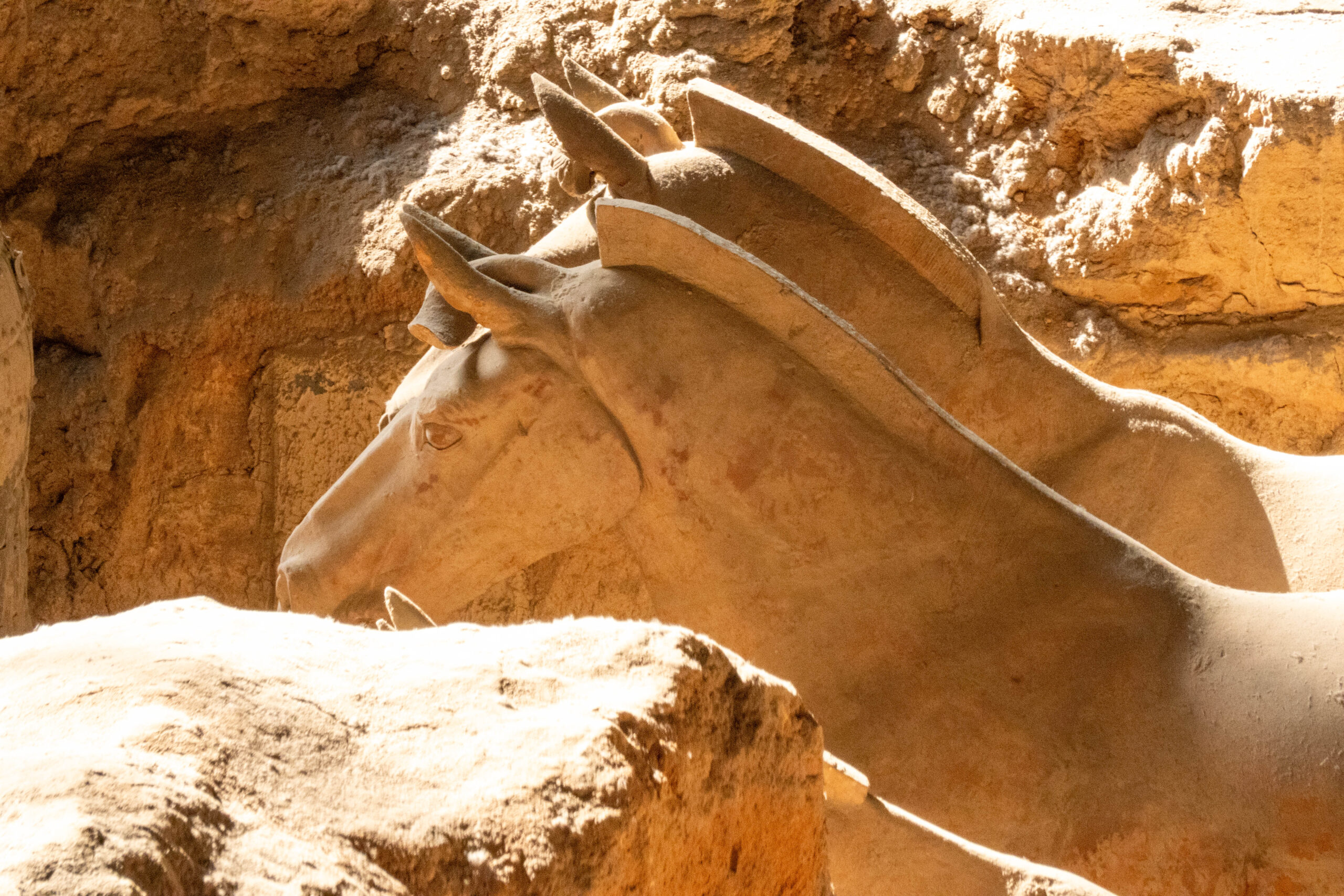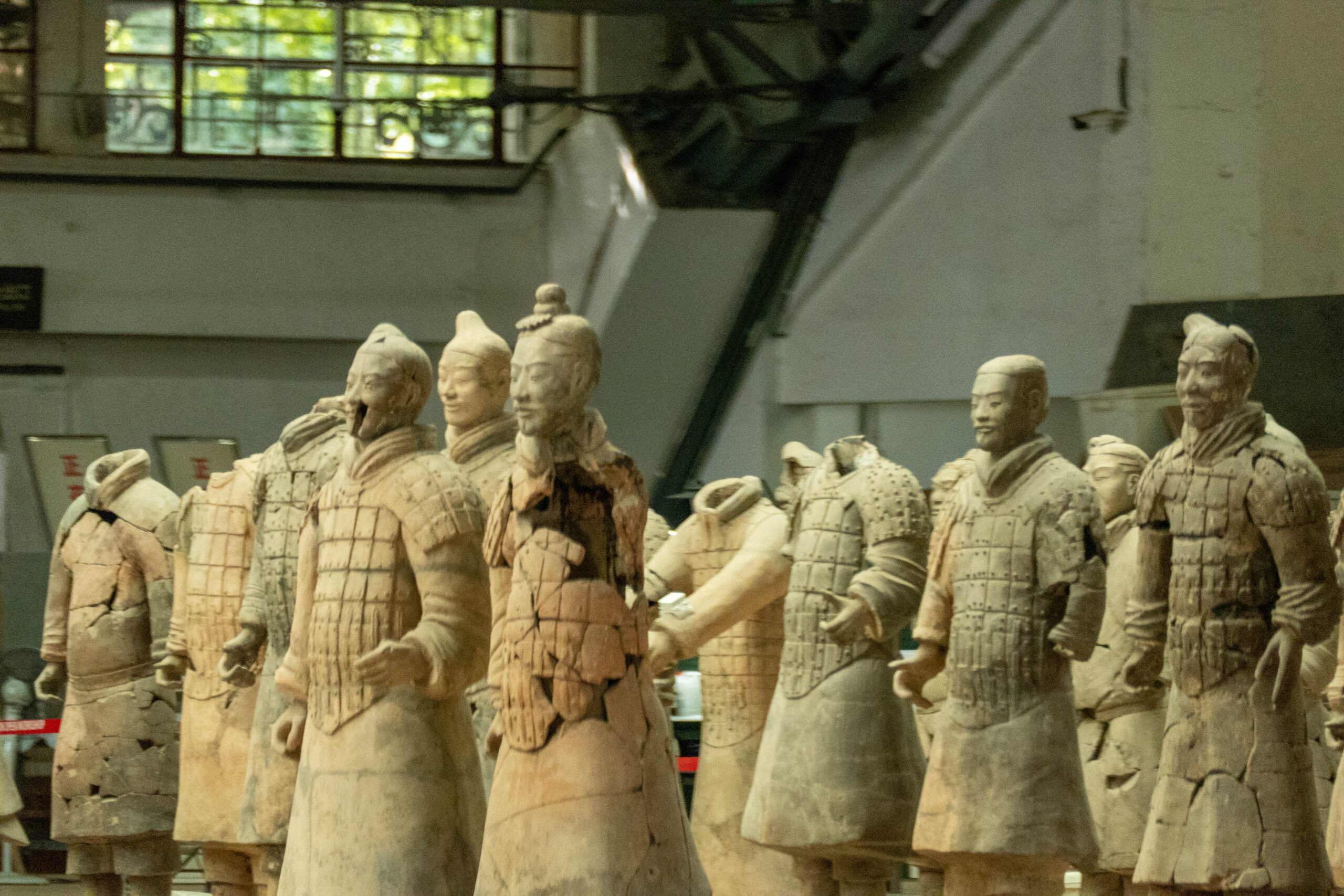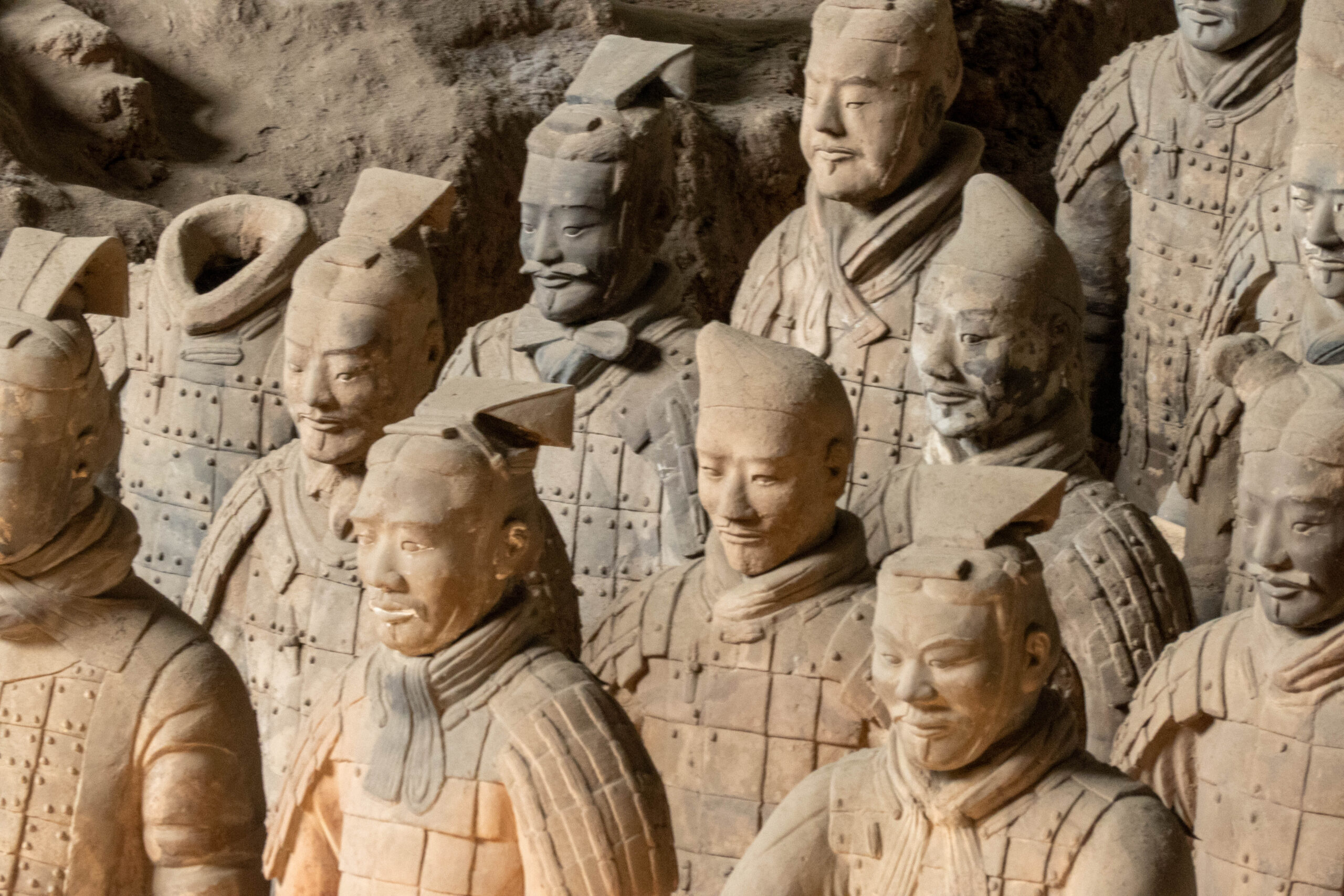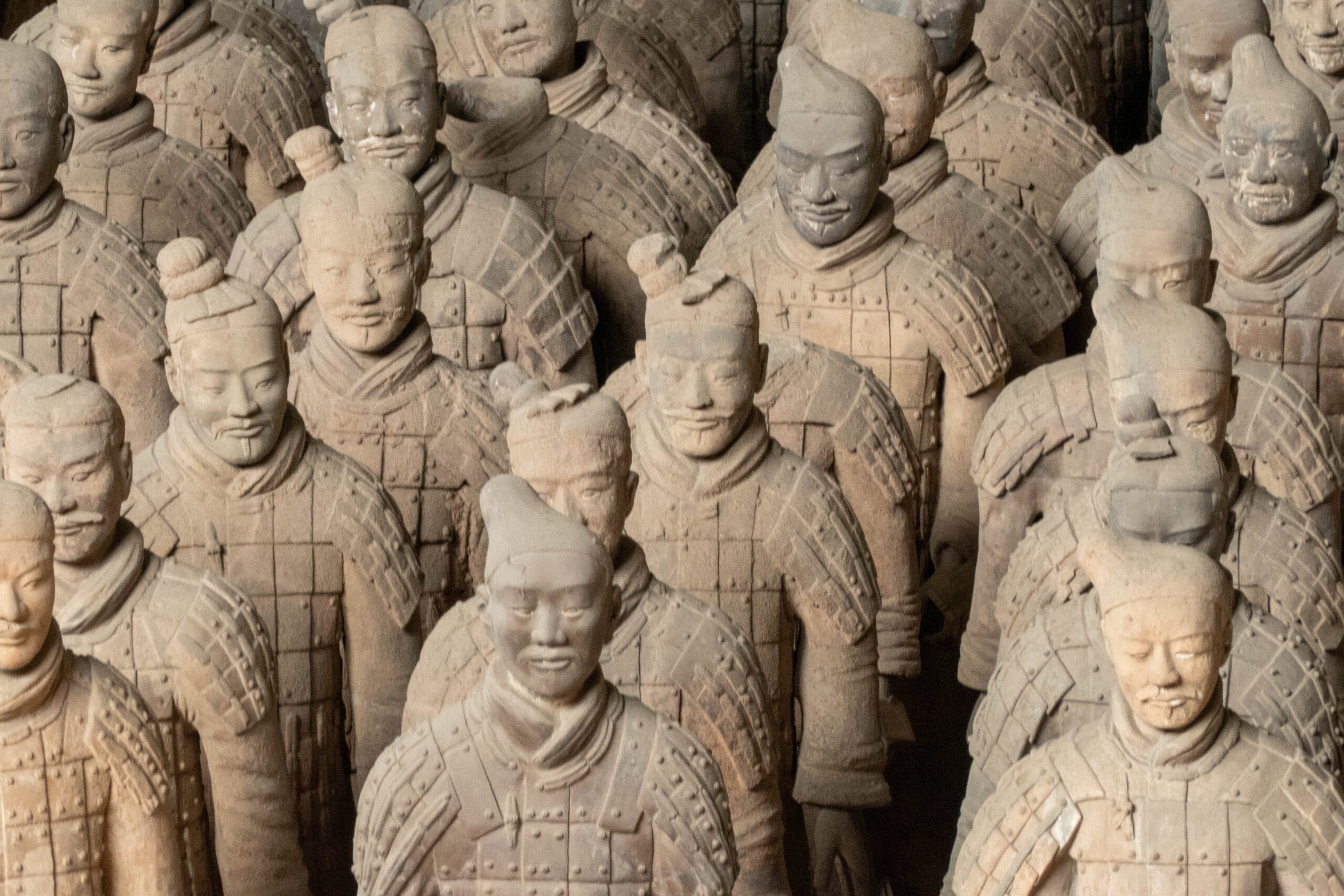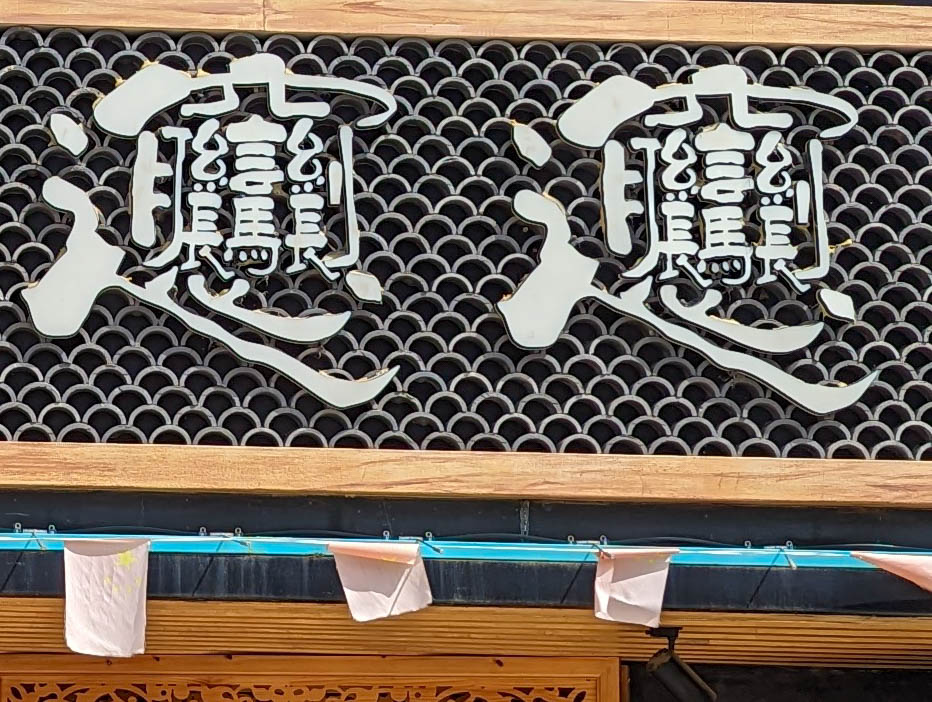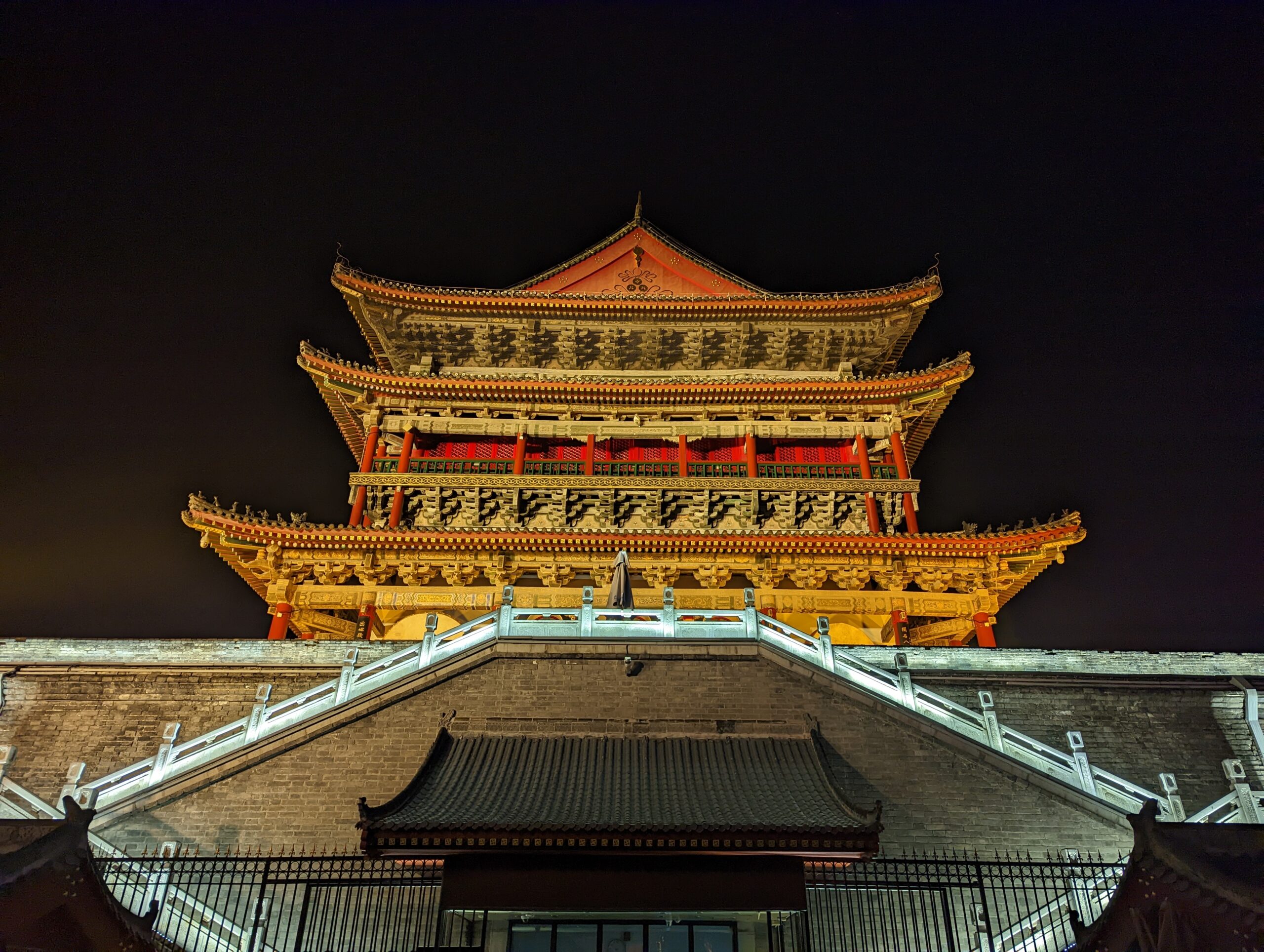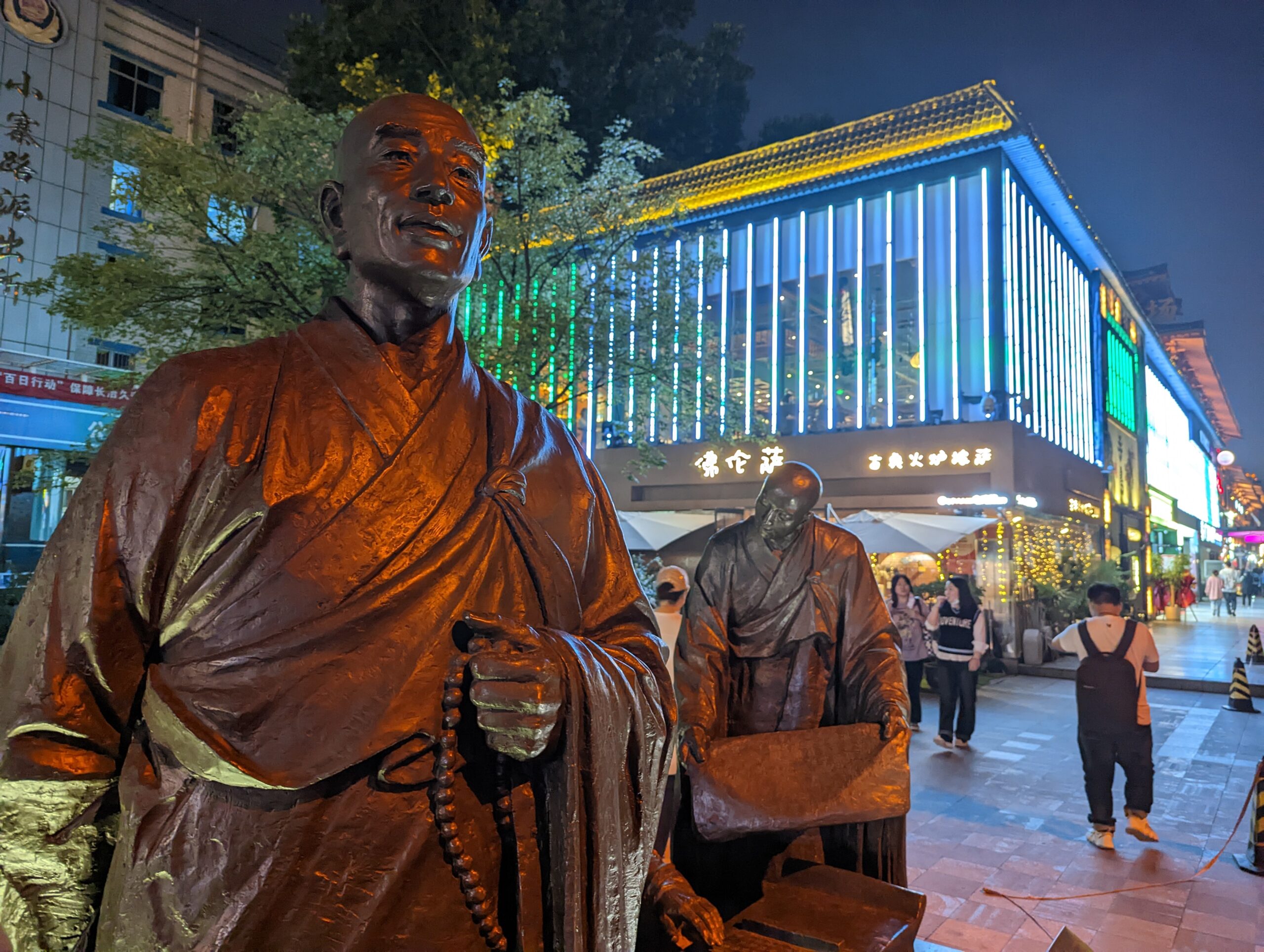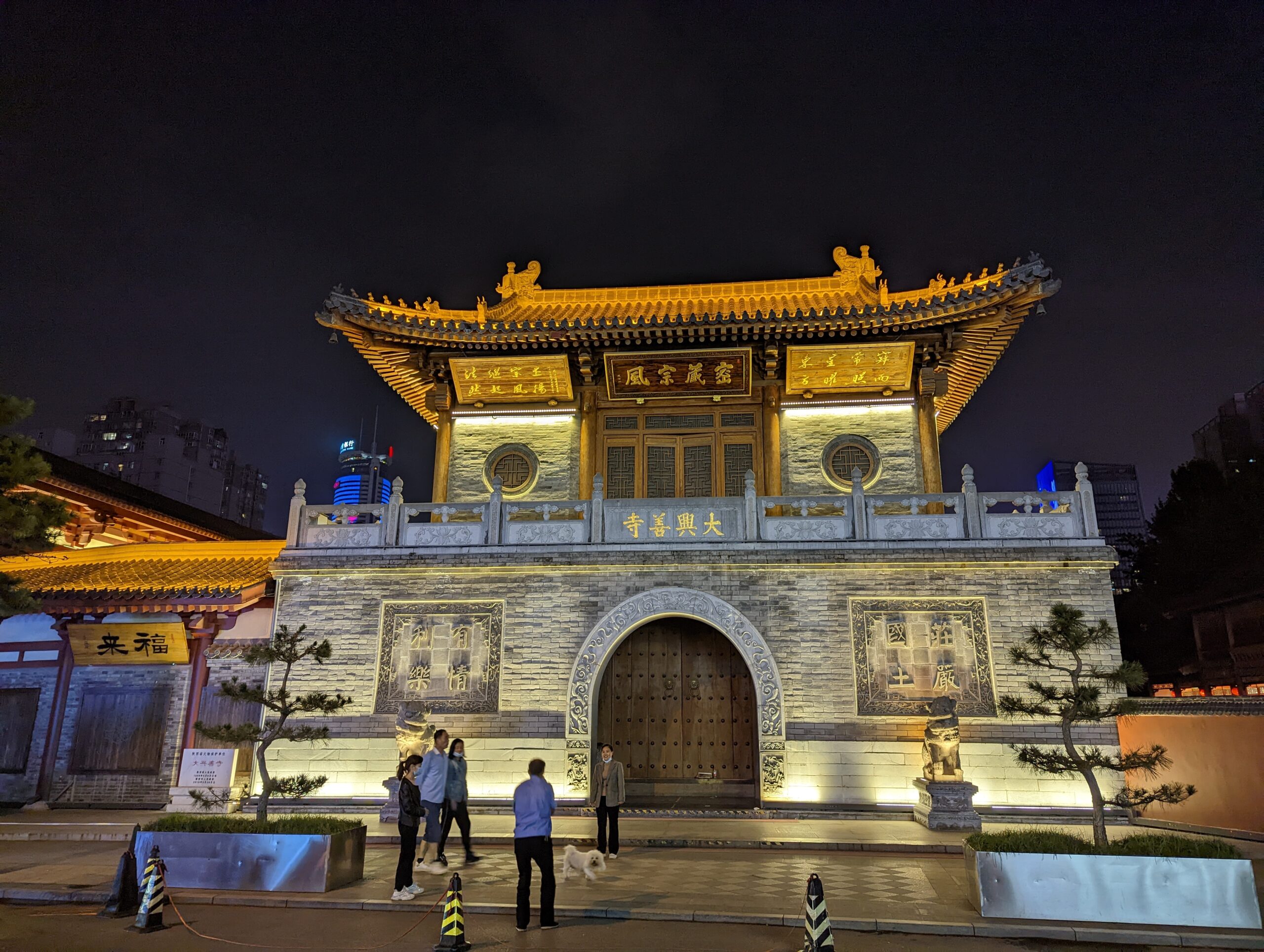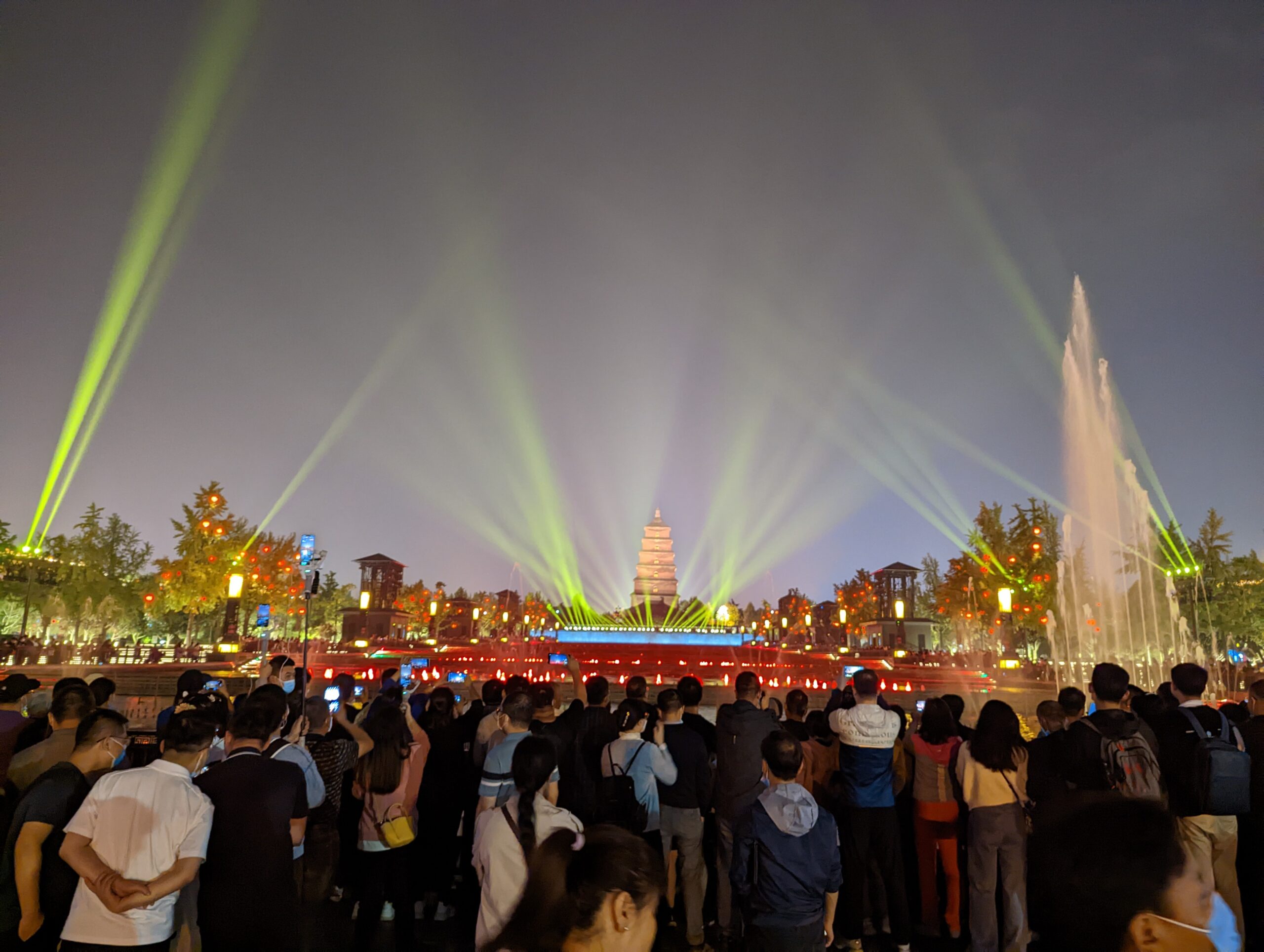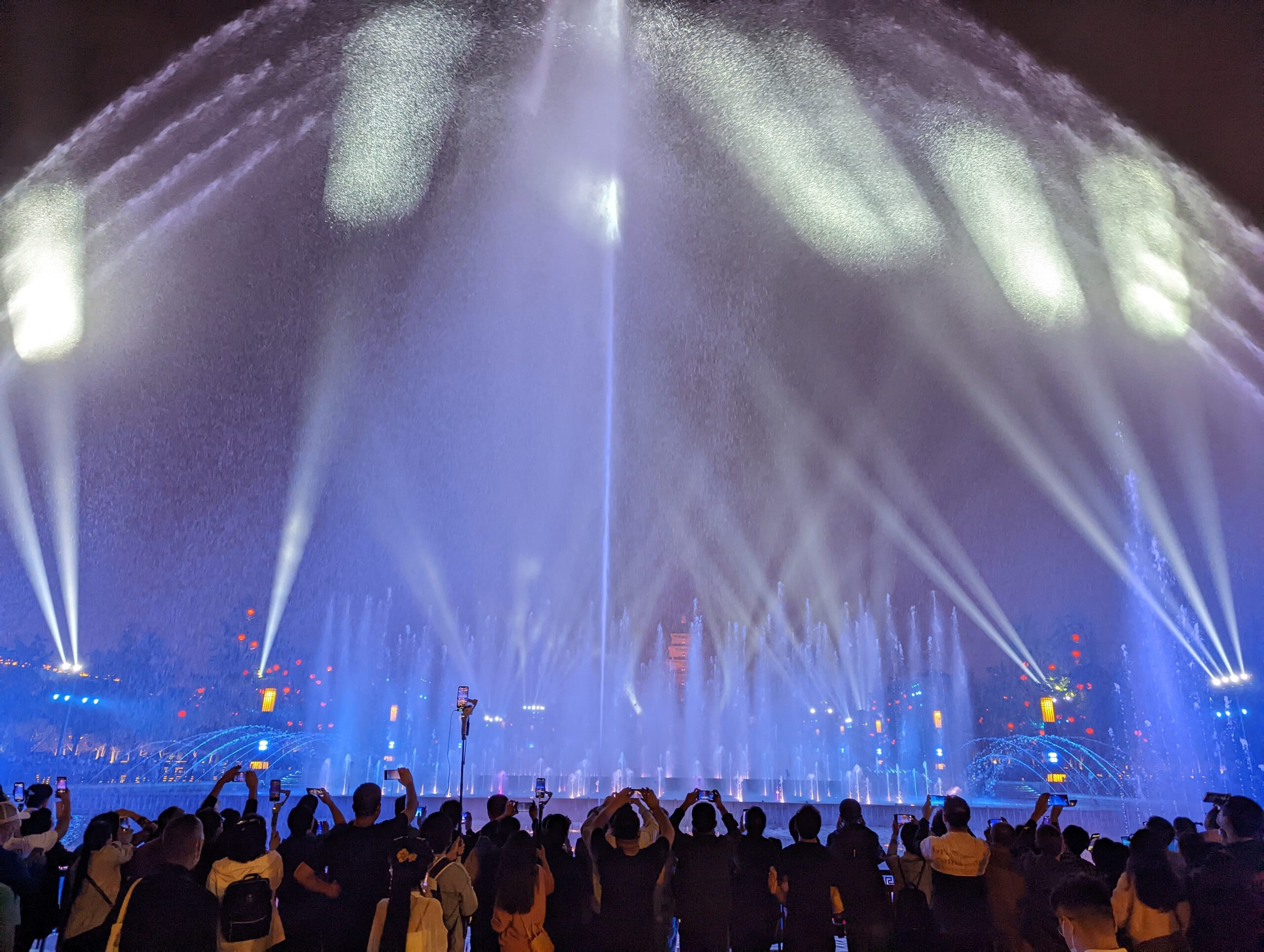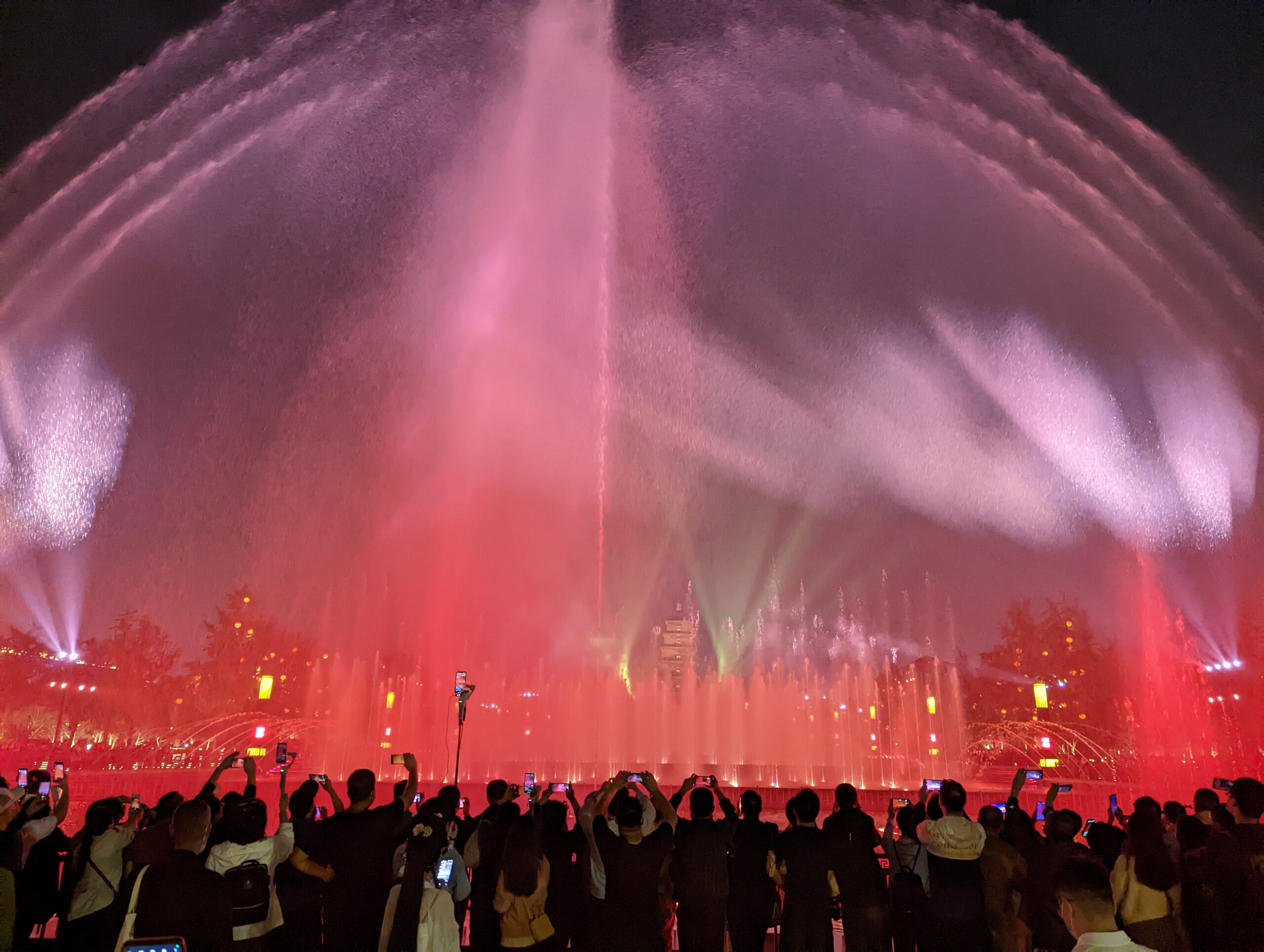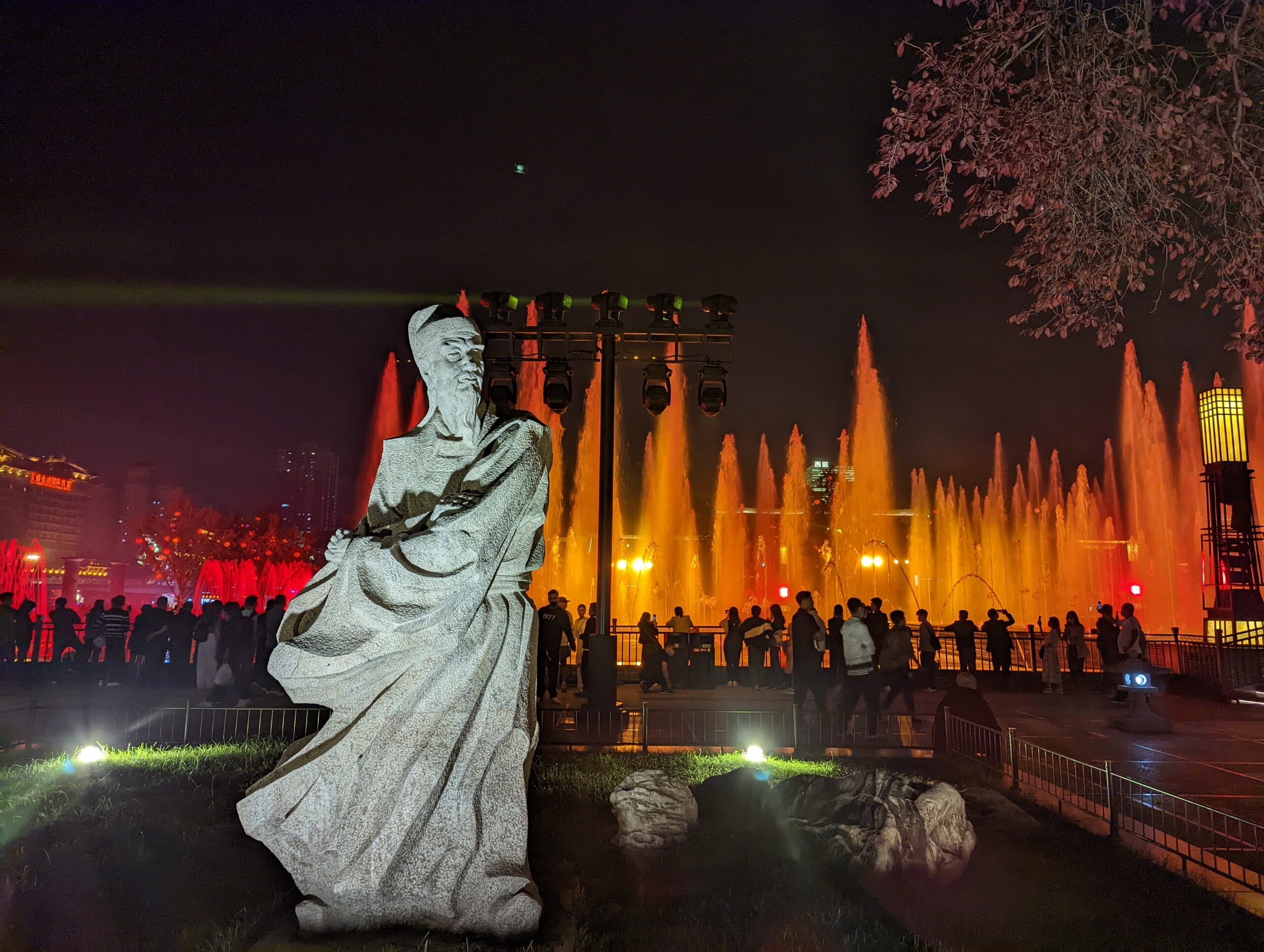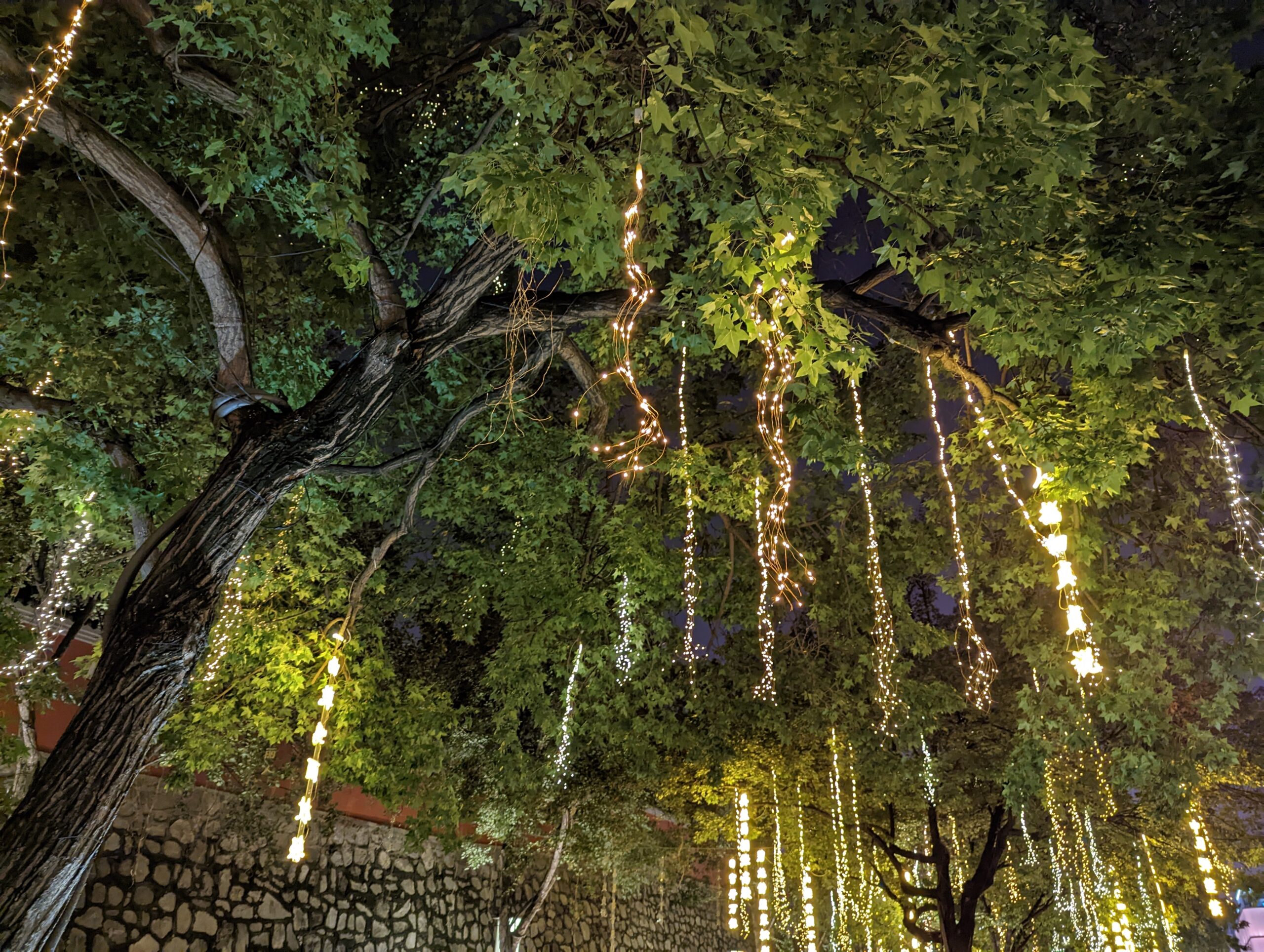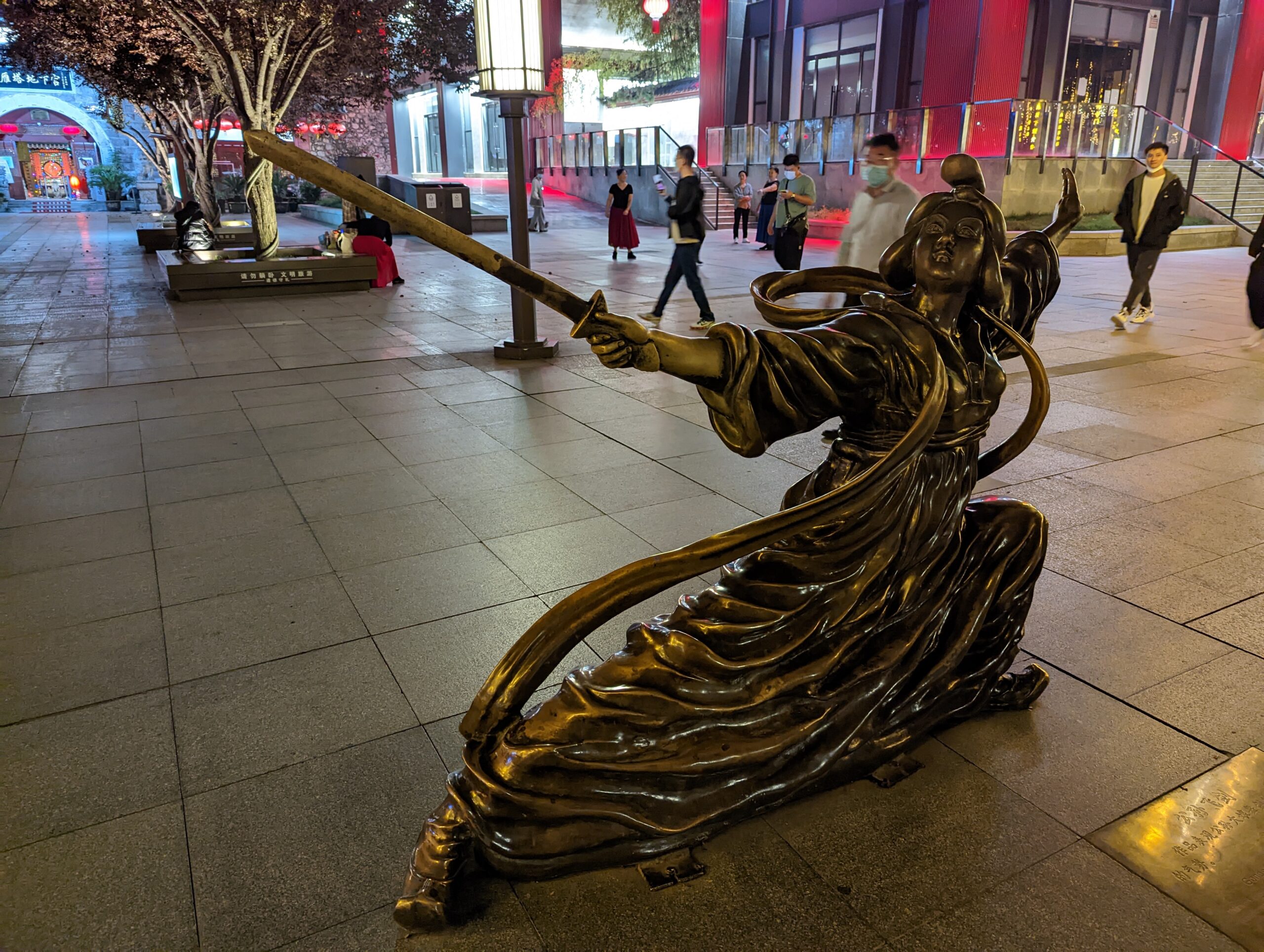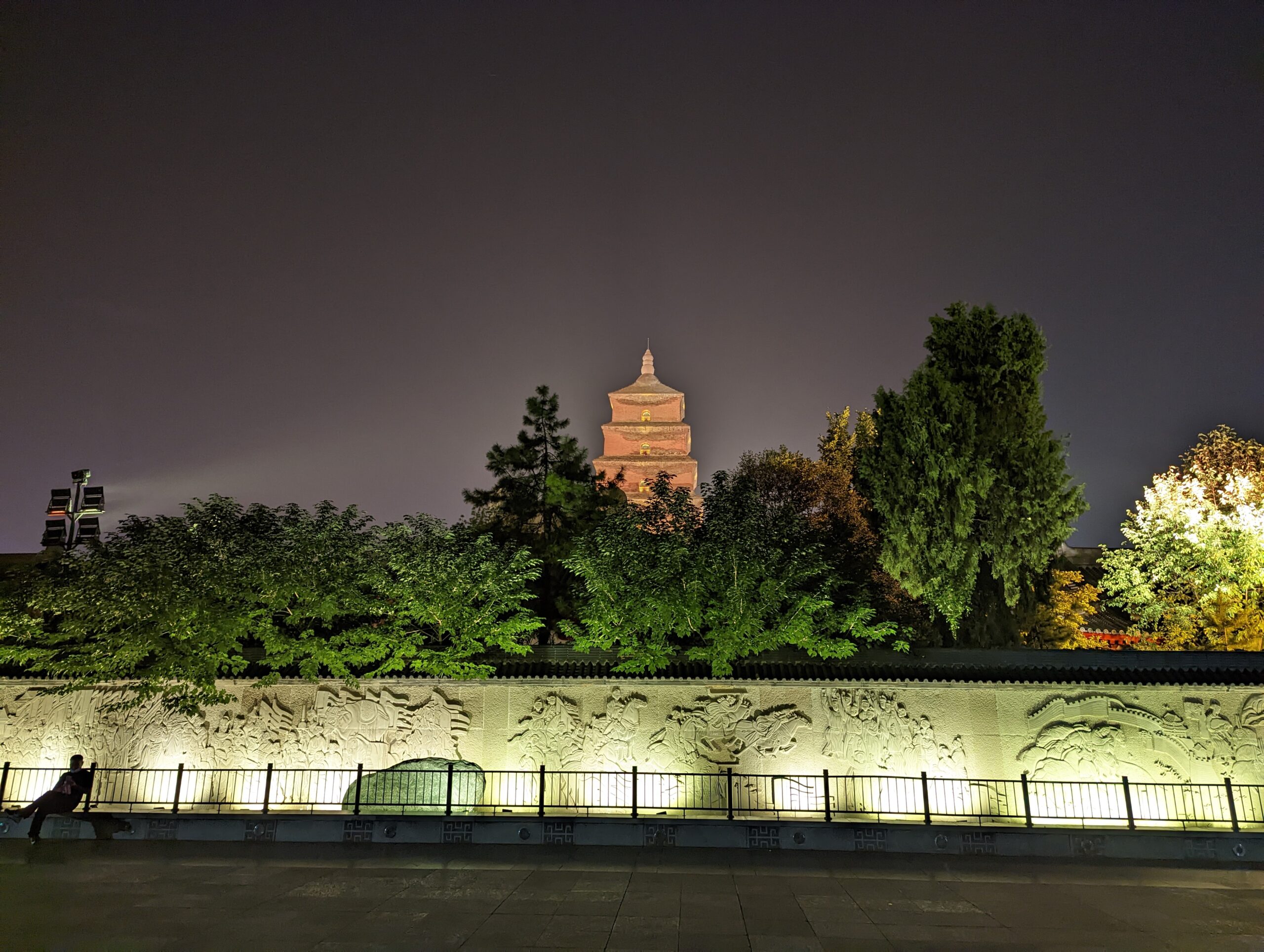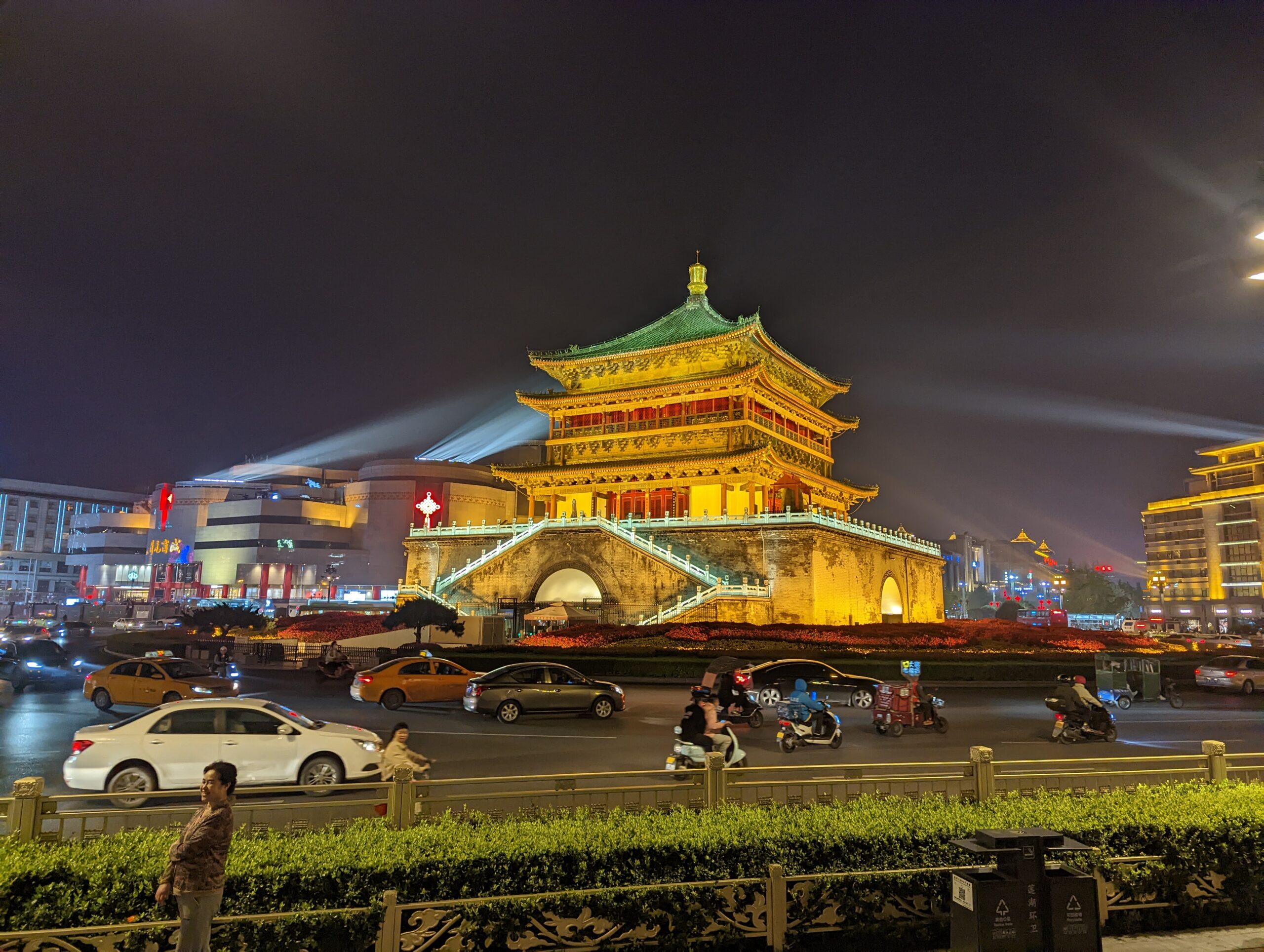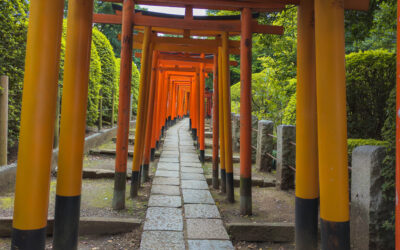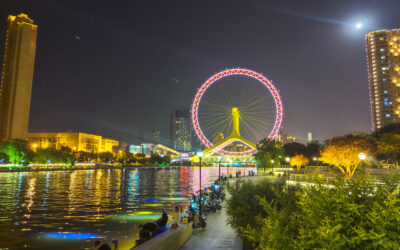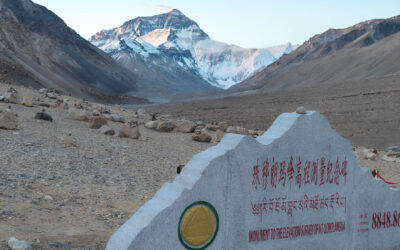Xi'an
January 2022 - June 2023The Start of the Silk Road
January 2022 – June 2023
When I accepted the job offer in China, I was told I’d be working “in” Xi’an.
I interpreted this to mean that I’d be in the city proper: seeing the things you see if you Google “Xi’an”.
But in fact I was based in a place called Yanliang, which is technically part of the city of Xi’an, but is in fact a good hour’s drive away from the airport, in the direction of the middle of nowhere.
There were rumours that it was part of the next five-year-plan to connect Yanliang to the city by metro. But with Didi, the ride-hailing app, currently being punished for something and thus unable to accept new registrations, it was a bit of a bind getting to the actual city. There were no buses I could see, and few or no trains. Just one highway that seemed frequently to be closed, and some rutted back streets that added another 20 minutes to the travel time.
As such, on a normal weekend, forget about it. It was just as easy to get to Shanghai or Beijing as it was to get to the city I was supposedly “in”.
Yanliang itself is a fairly self-contained little community, mostly built up around the AVIC facility here – a major part of China’s domestic aviation industry. Indeed, there are indications of the connection to aviation all over the place: a couple of old MiGs in the park, and the statues of Chinese aviation pioneers dotted around the place, that I was too bad at reading Chinese to learn much about.
At the beginning and end of the day, and the start and end of the lunch break, the streets are flooded with armies of people in AVIC jackets on scooters heading to or from work.
In fact, if you asked me what was the most striking thing I noticed about living there, I wouldn’t say anything like noodles or Chinese characters on all the signs. The thing I found most strangely foreign was the idea of the scooter jacket.
By scooter jacket I mean a jacket worn over the handlebars of a scooter. It is, I am told, designed to protect your knees from the draught as you zoom around town. Almost everyone has one. I’d never seen one before coming to Yanliang.
I didn’t want the shame of leaving China without actually getting to know the place, though, so I did drag myself down there a few times. Eventually the edict against Didi was revoked, which made it somewhat easier.
Xi’an has an interesting history: it’s been the capital of China on several occasions, with various dynasties, notably the Zhou, Han and Tang, being based here. It’s protected on its southern flank by the Qinling mountains, while to the north is a loess plateau which blows dust down on the city, and is why the Terracotta army got buried. There is presumably a lot else buried under the dust here. They have to send trucks out during the summer to spray water over the streets.
It is part of a large, fertile plain which explains its centrality to Chinese civilizations from the earliest days. This history is reflected in its architecture. It’s considered the starting point of the Silk Road, and there are plenty of pieces of art showing camel trains all around the old city. The central part of the city is surrounded by a well-maintained replica of the city walls, complete with gates and drawbridges and the rest.
The classic Chinese story Journey to the West is also associated with Xi’an, with its central protagonist Monkey King, Sun Wu Kong, being honoured with a giant statue inside one of the shopping malls.
The story basically follows an adventure outside of China to bring back Buddhist wisdom, and the Great Wild Goose Pagoda was a real-life repository of ancient Buddhist texts.
These days it’s a museum as well as a working temple, with inspiring views of the modern city of Xi’an from the top level of the pagoda. It was originally built in 652, when Xi’an was known as Chang’an, and the capital of the Tang Dynasty.
These days, you can walk (or indeed cycle if, unlike me, you know how to do it) around the city walls. Most of the picturesque areas, though, are close to the south gate. The Small Wild Goose Pagoda is near this gate, and like it’s big brother, was used to store Buddhist relics and scriptures during the Tang Dynasty.
It was built in 707 and was once 15 storeys tall. However it was damaged during an earthquake, and now only has 13. You can still see the damage on the outside.
Just inside the south gate of the wall you can find the twin Drum and Bell Towers. The Bell Tower is now in the centre of a roundabout, with main roads stretching north, south, east and west of it. The Drum tower is a bit to one side. They are, like the Great Wild Goose Pagoda, landmarks of the city and appear on a lot of the art that represents Xi’an.
At night these two towers are lit up spectacularly, and like many other places I saw, serve as an excellent backdrop for dressing up in Hanfu and making tiktoks.
Near the Drum tower you can find the Muslim Quarter, which has its own historic mosque and an avenue of food stalls selling slightly overpriced roujiamo (the local specialty: the mo is a type of flatbread, and the rou sliced meat which is placed inside along with seasonings). Usually the meat is pork, but not in the Muslim quarter, where you can get lamb or beef versions of the same thing.
Xi’an is probably most famous nowadays for the Terracotta army, which were discovered in the 70s by some farmers in Lintong, just outside the city, as they were digging a well.
It was quickly recognized as being a find of major archaelogical importance. Nowadays there’s a whole complex devoted to it, with large hangar-like roofs thrown over the dig sites to protect them from the elements.
It’s very much a work-in-progress. Although thousands of soldiers have been dug up, there are thousands more buried or in various states of being shattered, as well as hundreds of chariots and horses.
Each soldier has a unique combination of facial features and hairstyle. Some of the surviving warriors still have paint visible, enabling us to visualise how this magnificent array must have once appeared.
They were built to protect the tomb of the emperor Qin Shi Huang, the first emperor of China. His mausoleum is nearby, so far undisturbed: with barely enough archaeological resources to deal with the terracotta warriors, it has been decided to let the emperor rest for now, perhaps until technology reaches a stage where any attempt to crack open the tomb and reveal its treasures might be less destructive.
Overall, I spent nearly 18 months in this place, and came to see it as a home away from home, and I generally only have good things to say about it.
It’s safe, it’s clean, it’s well-maintained, it has an excellent modern metro system that is as cheap as chips and links the city centre, the train station and airport.
It’s a busy, modern metropolis, and is full of history. It’s cosmopolitan without losing its Chinese charm.
And it’s absolutely gorgeous at night.
Other Trips
Here are some of the other places I’ve been…
2023 Tokyo
A whistlestop tour to Tokyo, where I failed to see Mount Fuji but accidentally managed to glimpse Godzilla.
2023 Tianjin
Tianjin is not a city that Westerners tend to know about, but has an interesting, cosmopolitan character and an abundance of cute knitted objects.
2023 Tibet
The chance of a lifetime: to see the “roof of the world”, learn about Tibetan Buddhism and try out different types of cucumbers with my cellmates on a 35-hour train journey.

